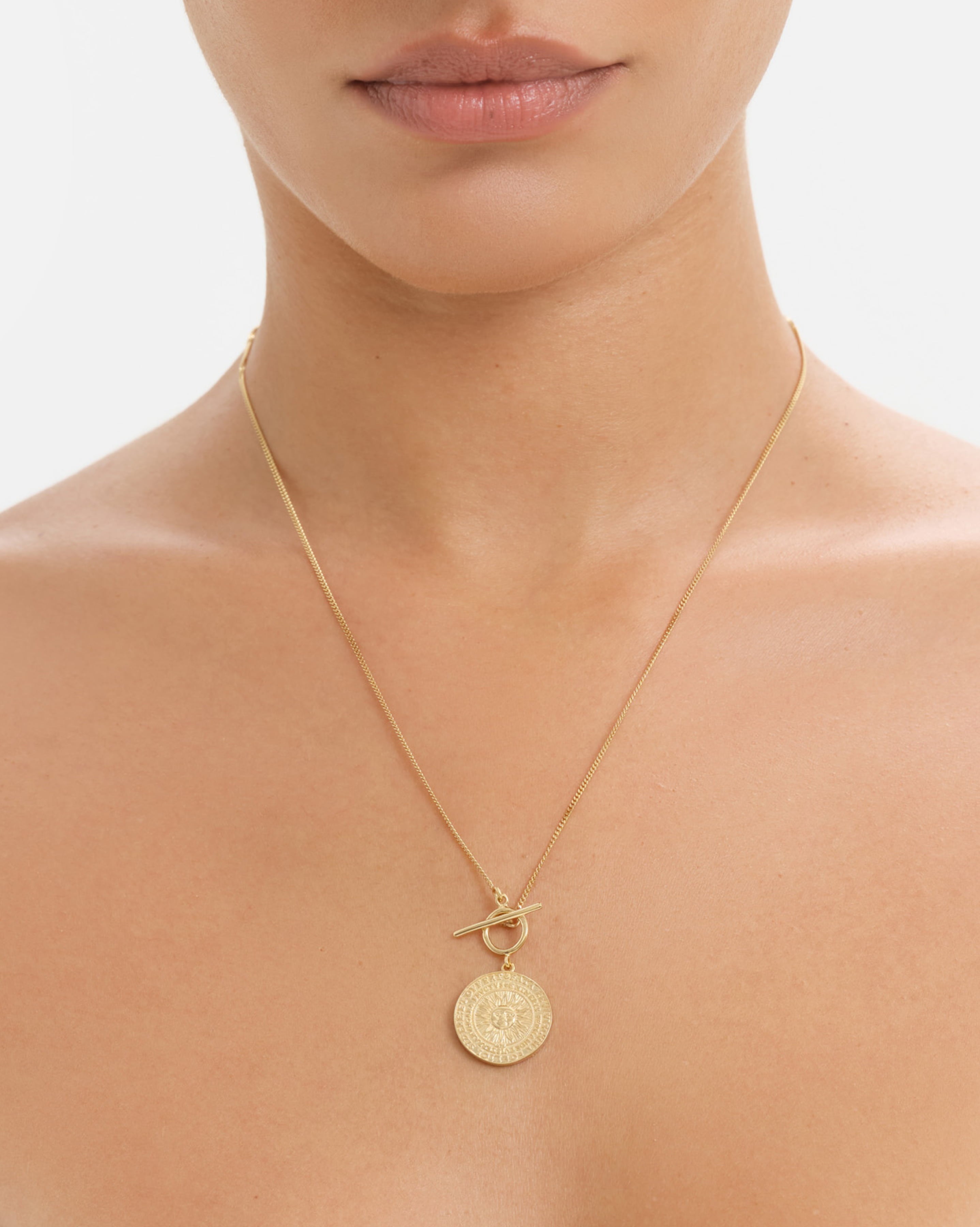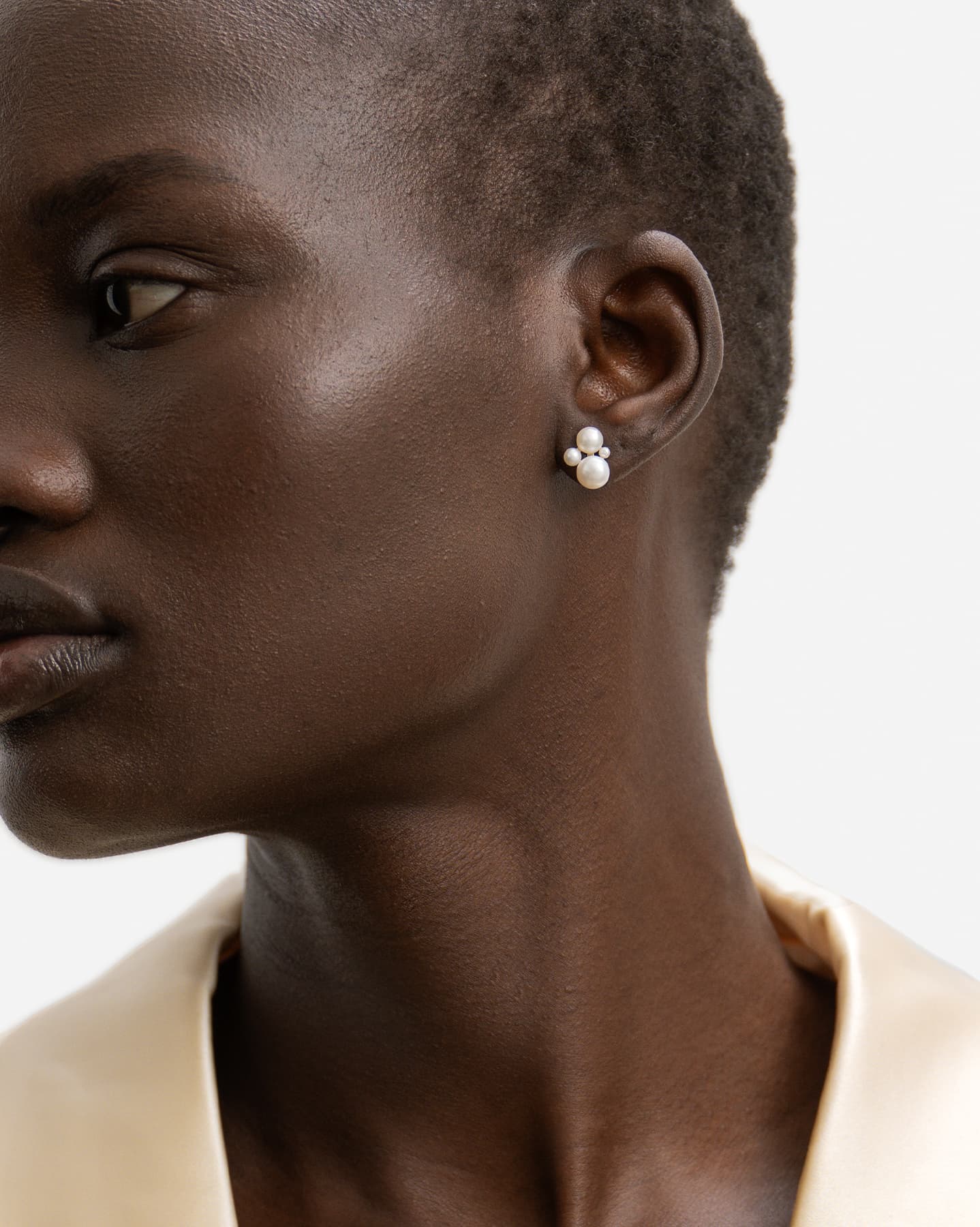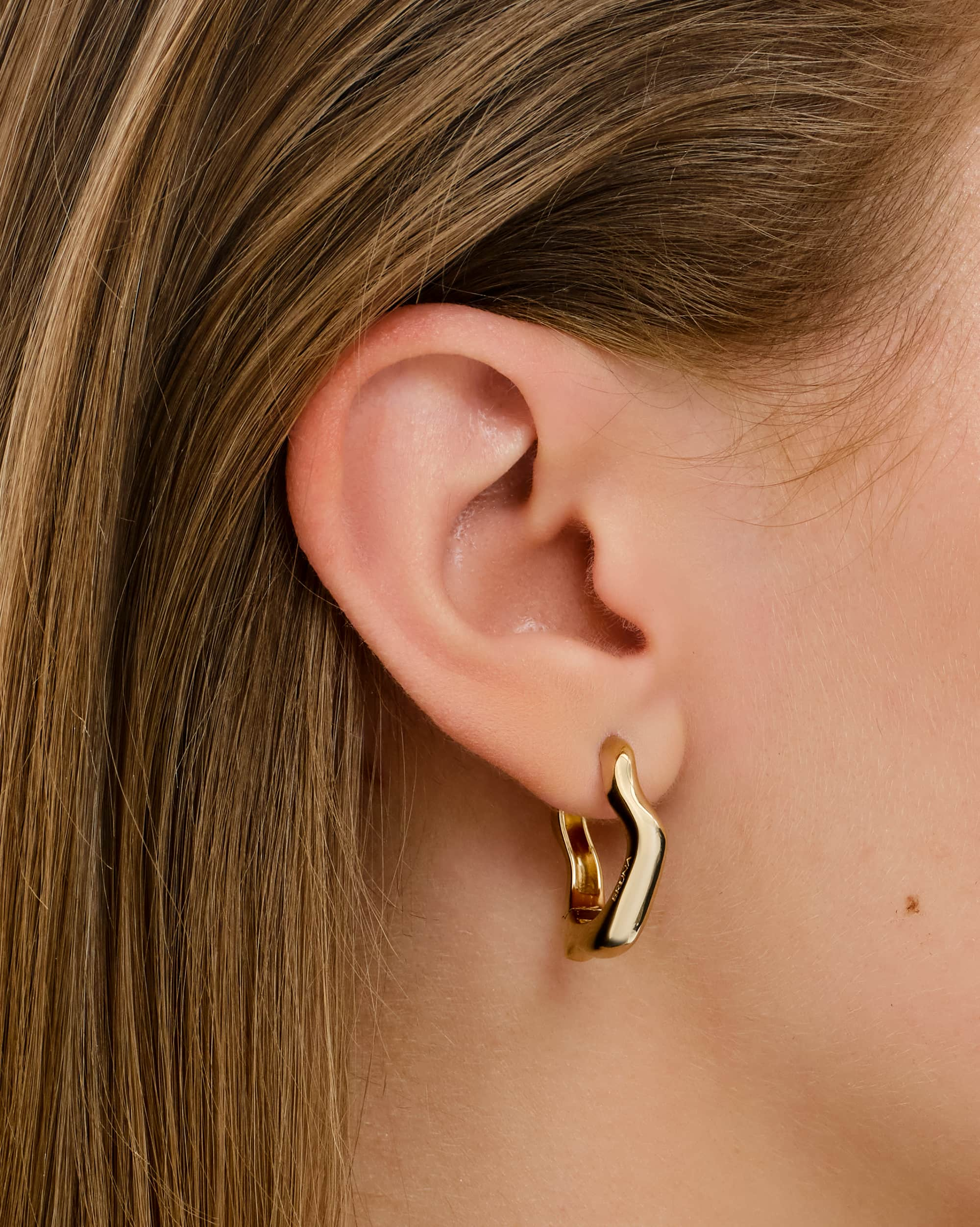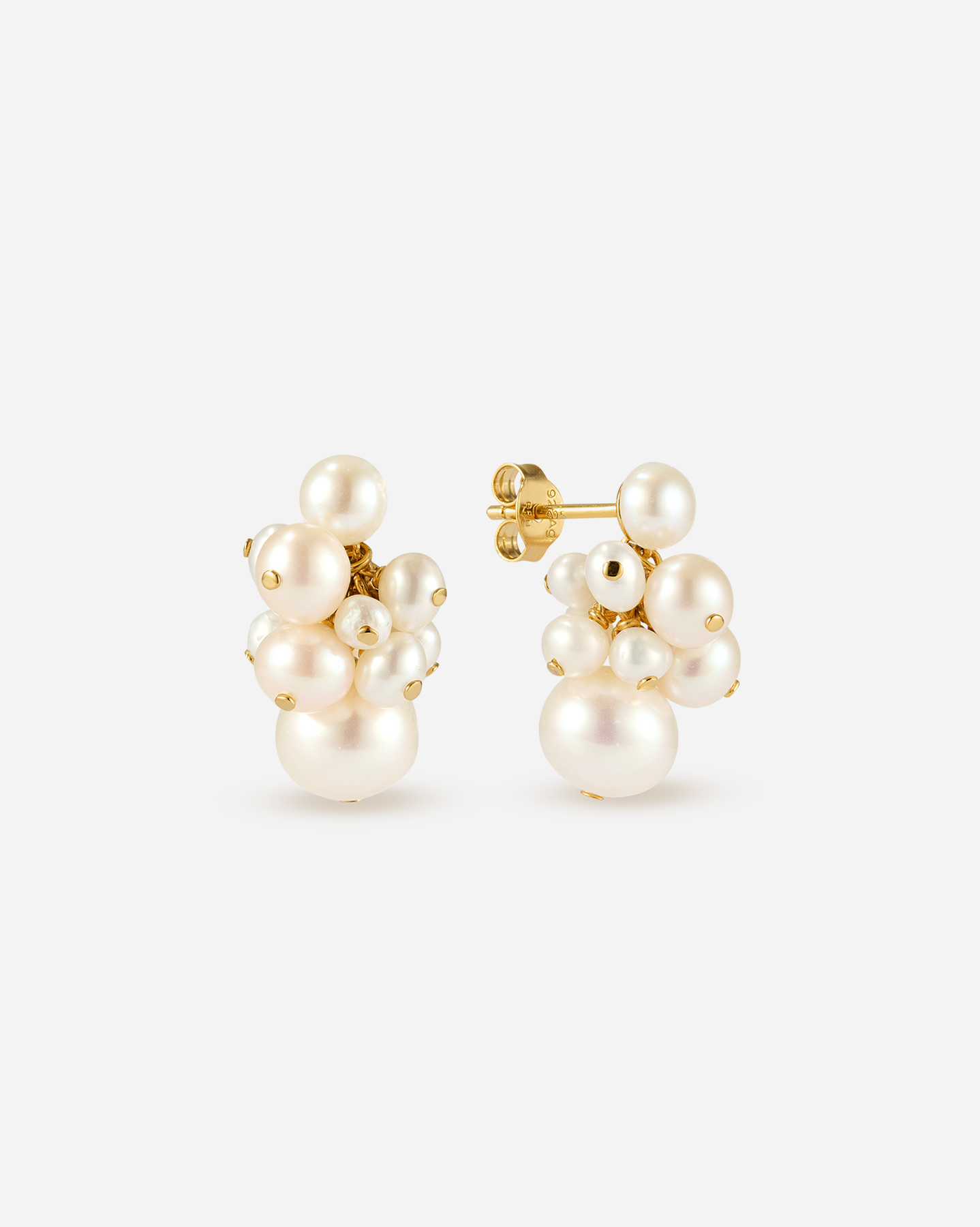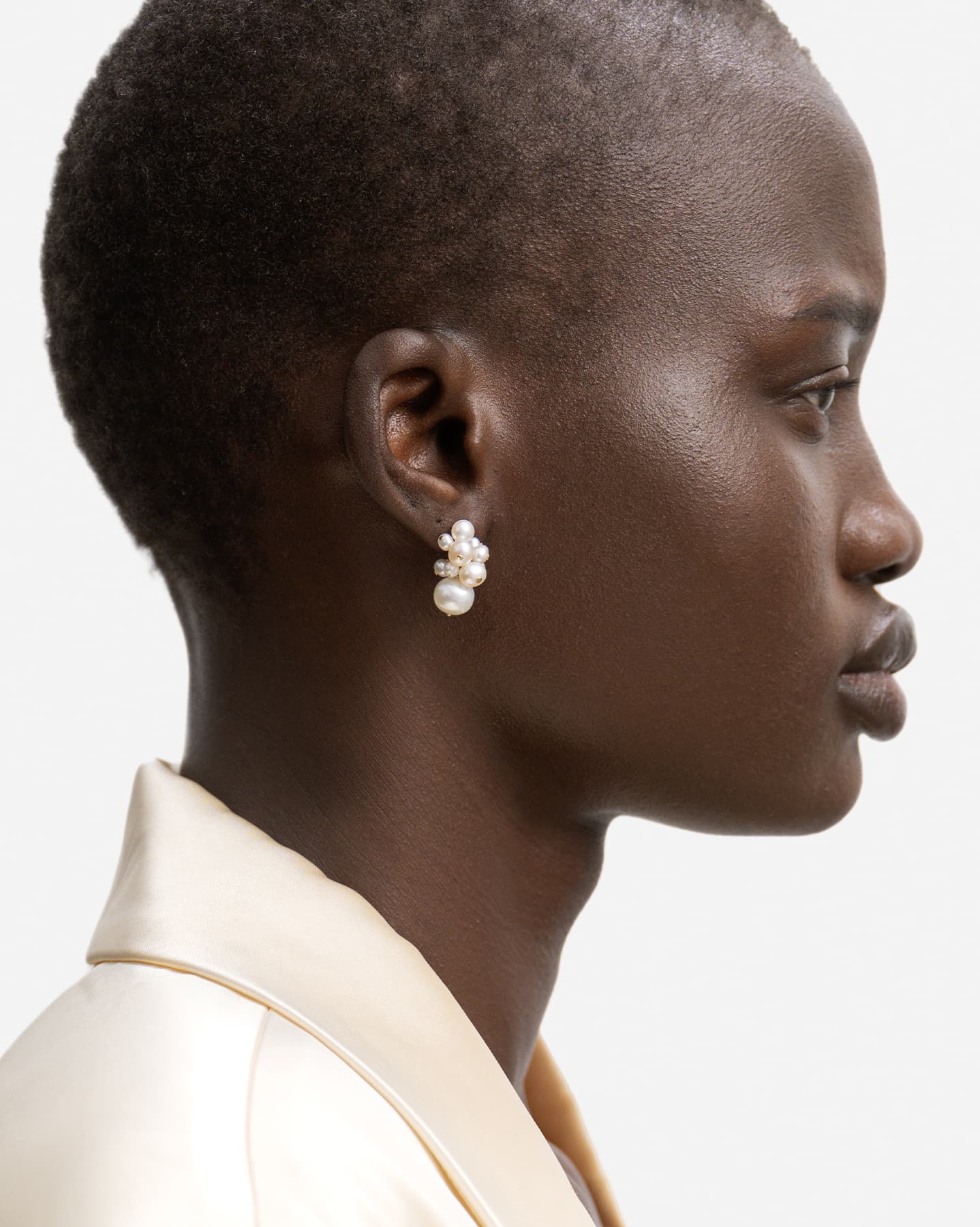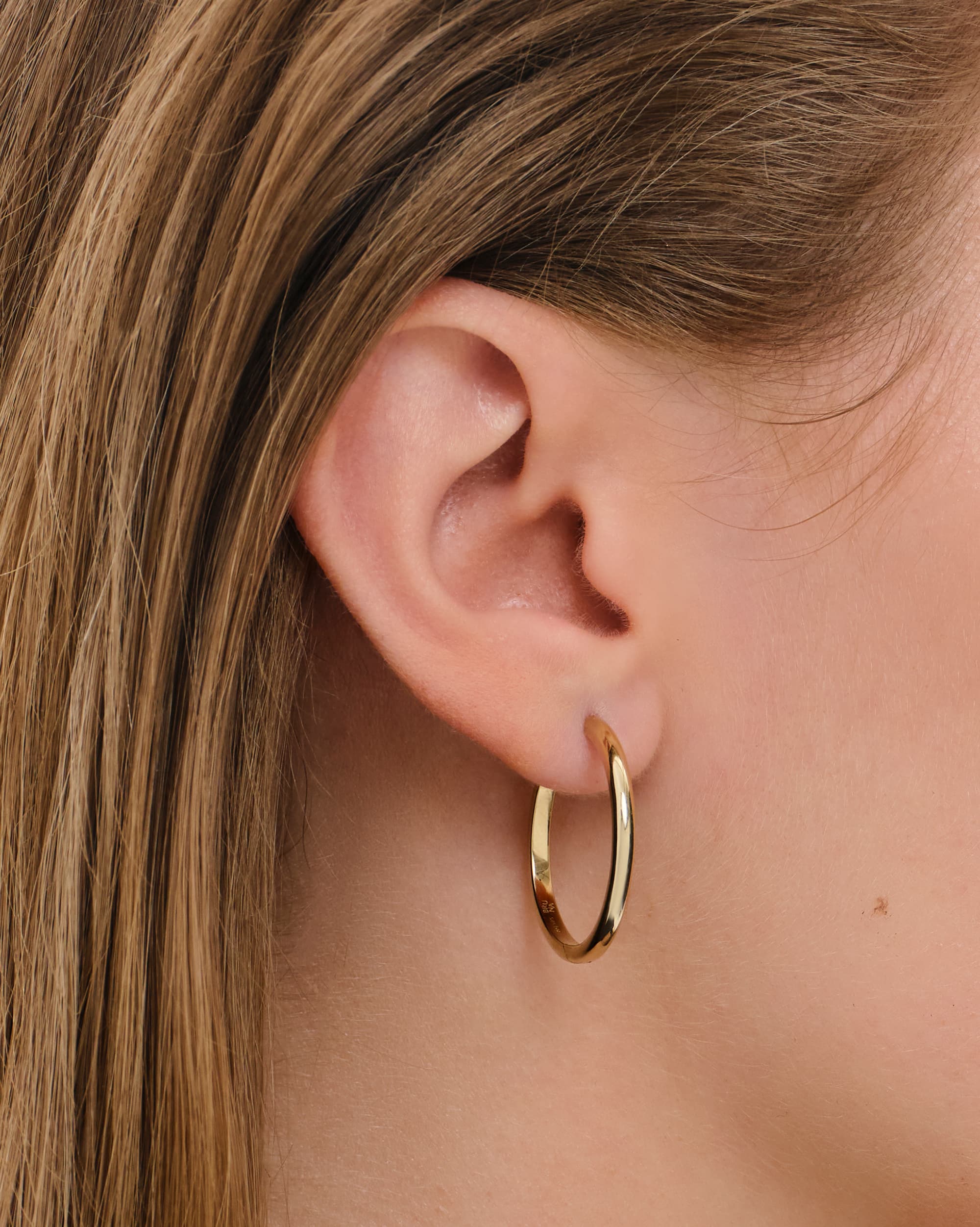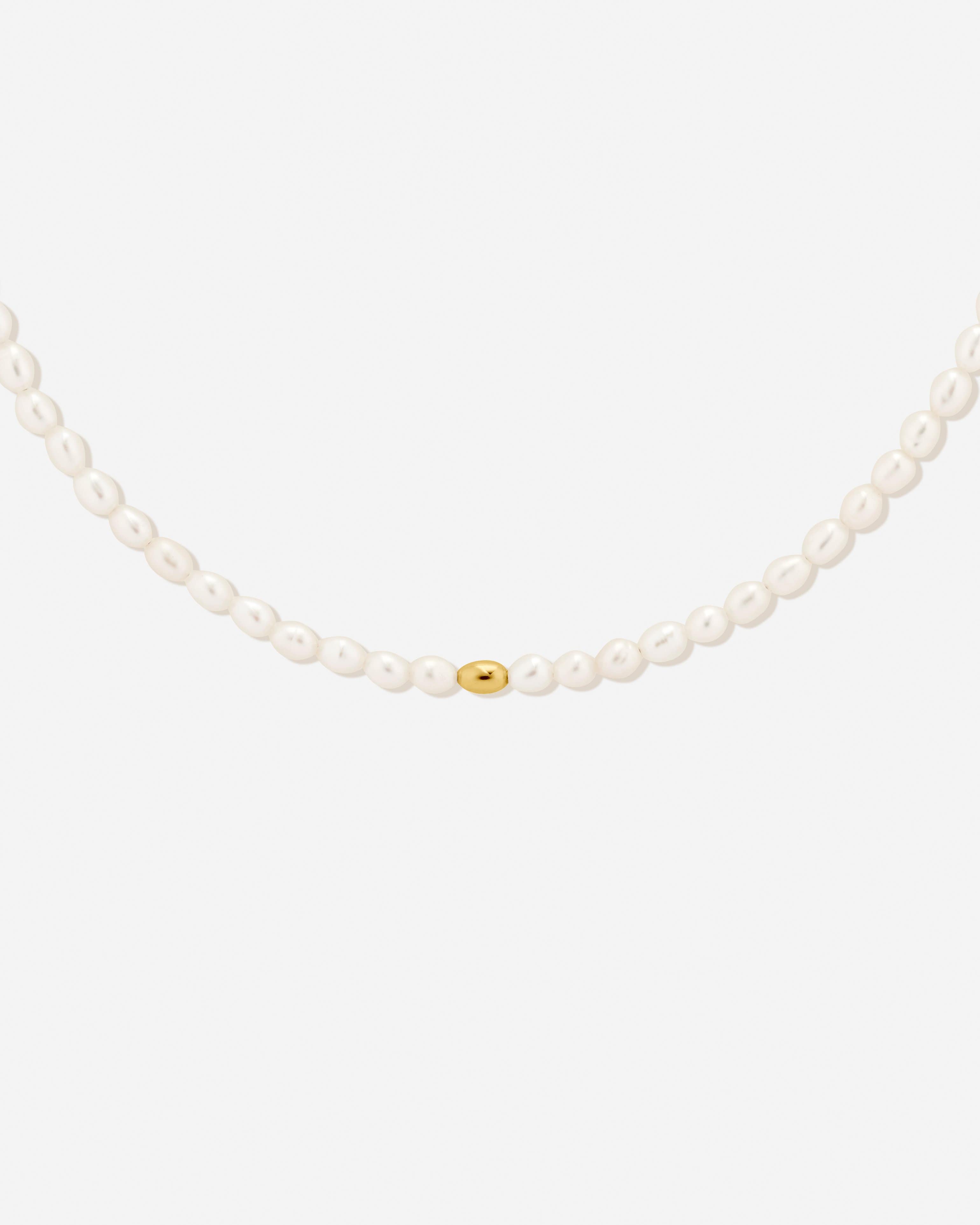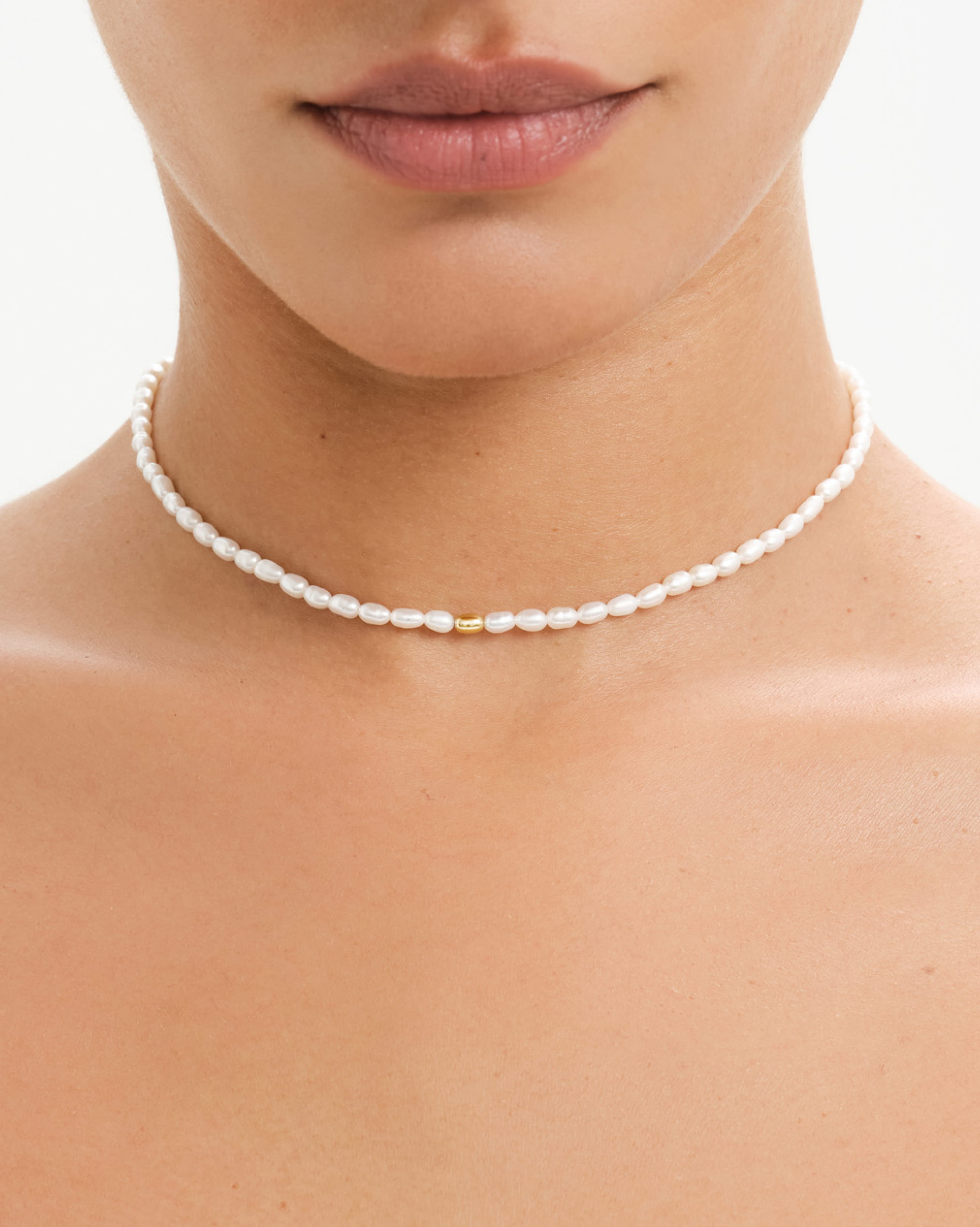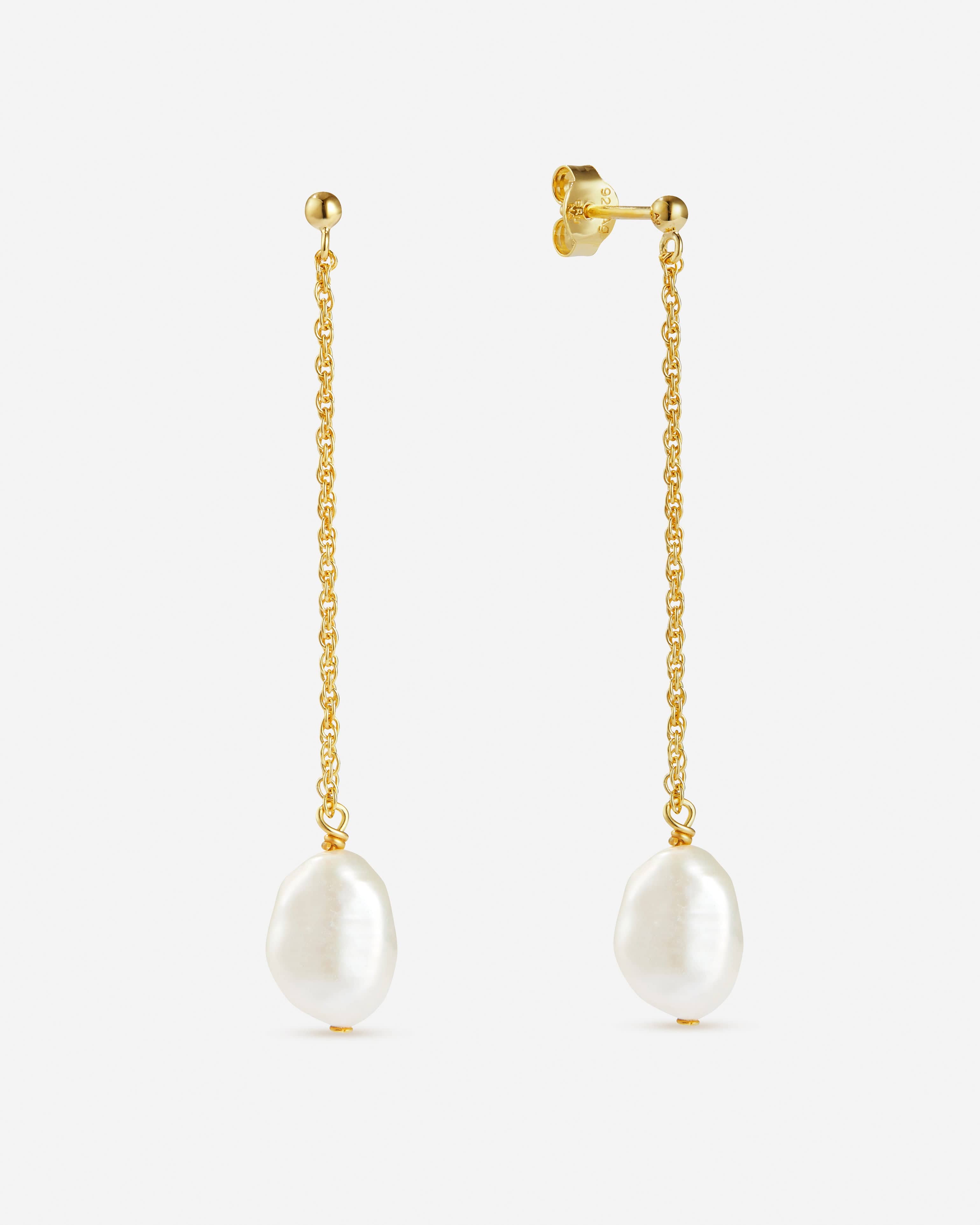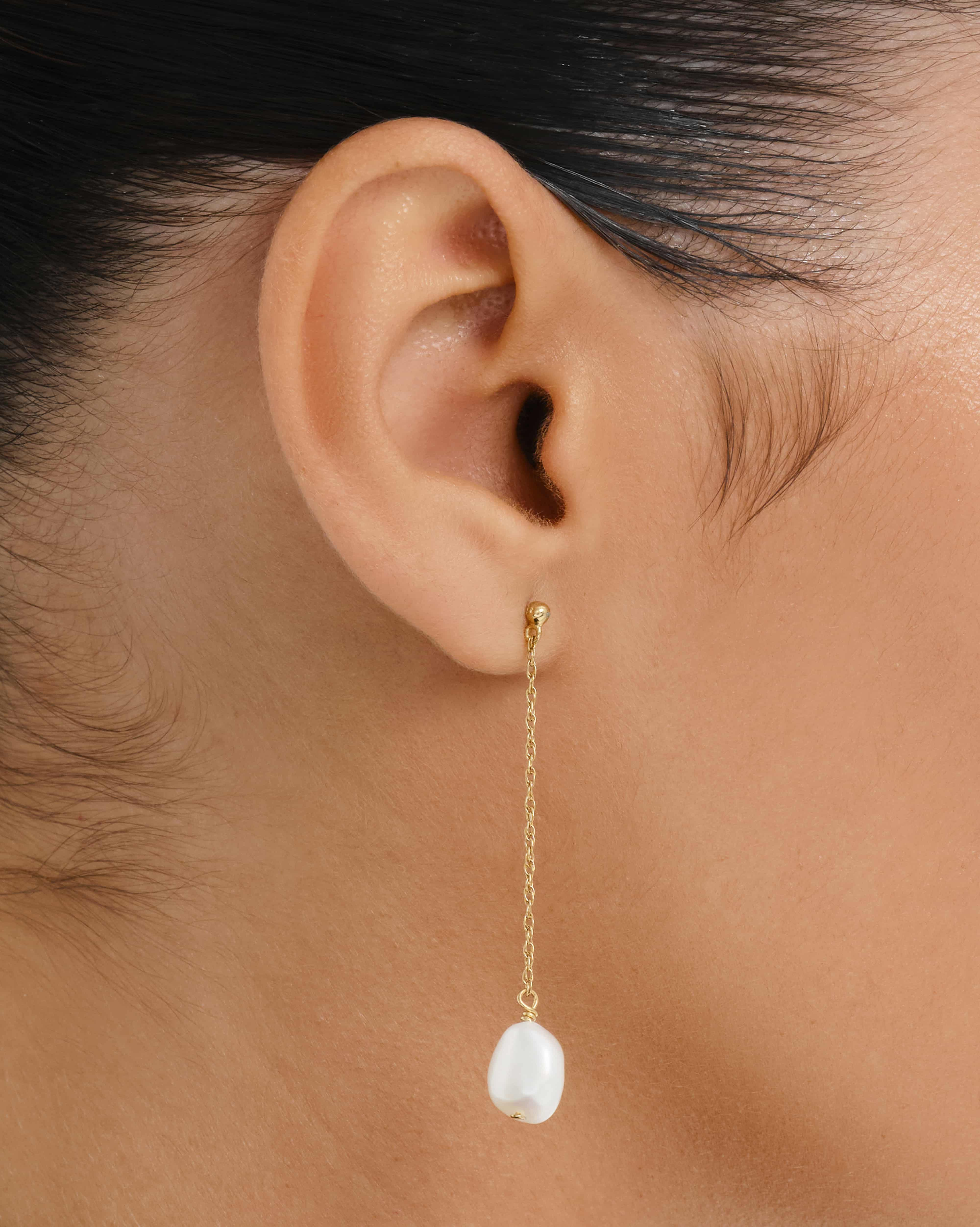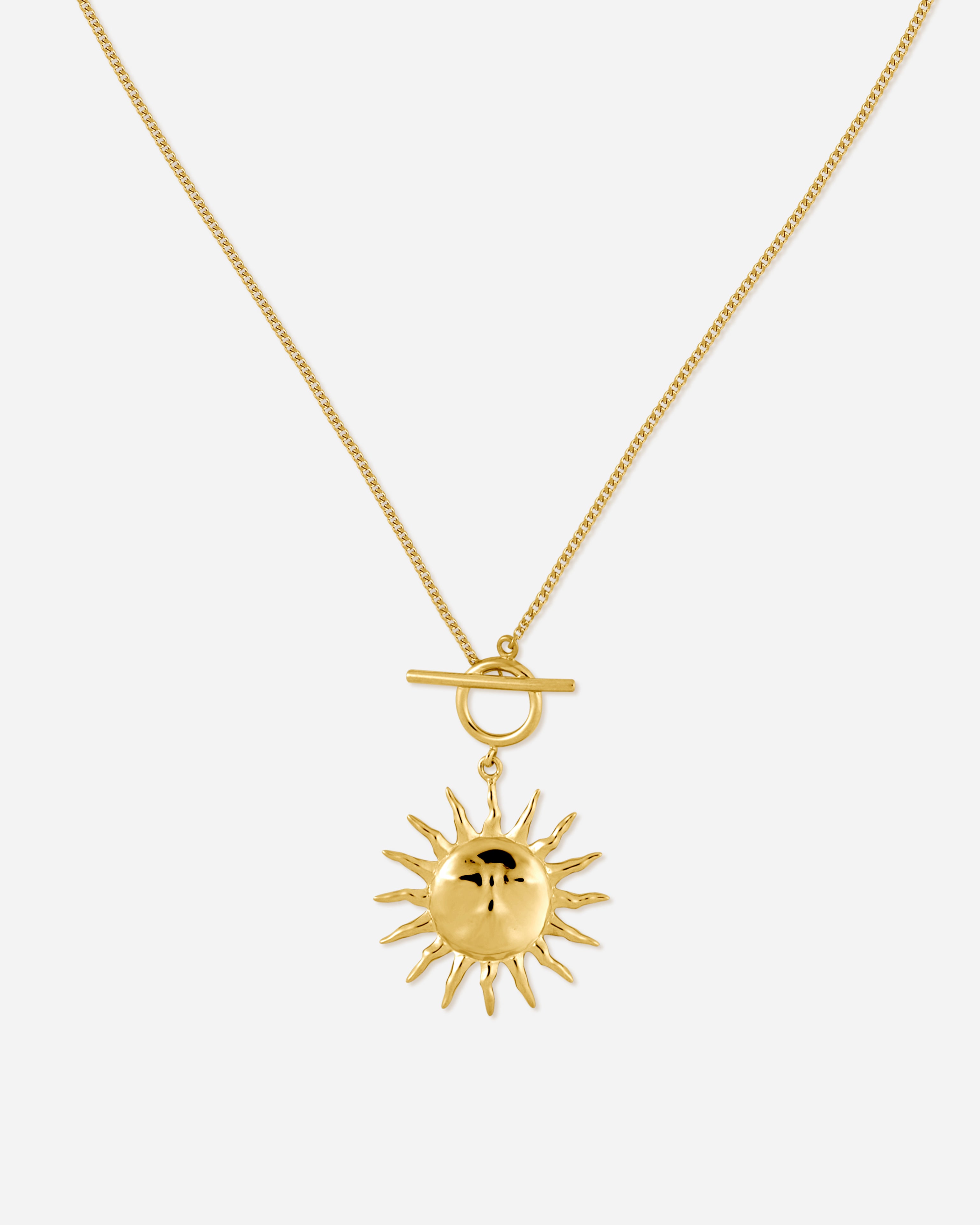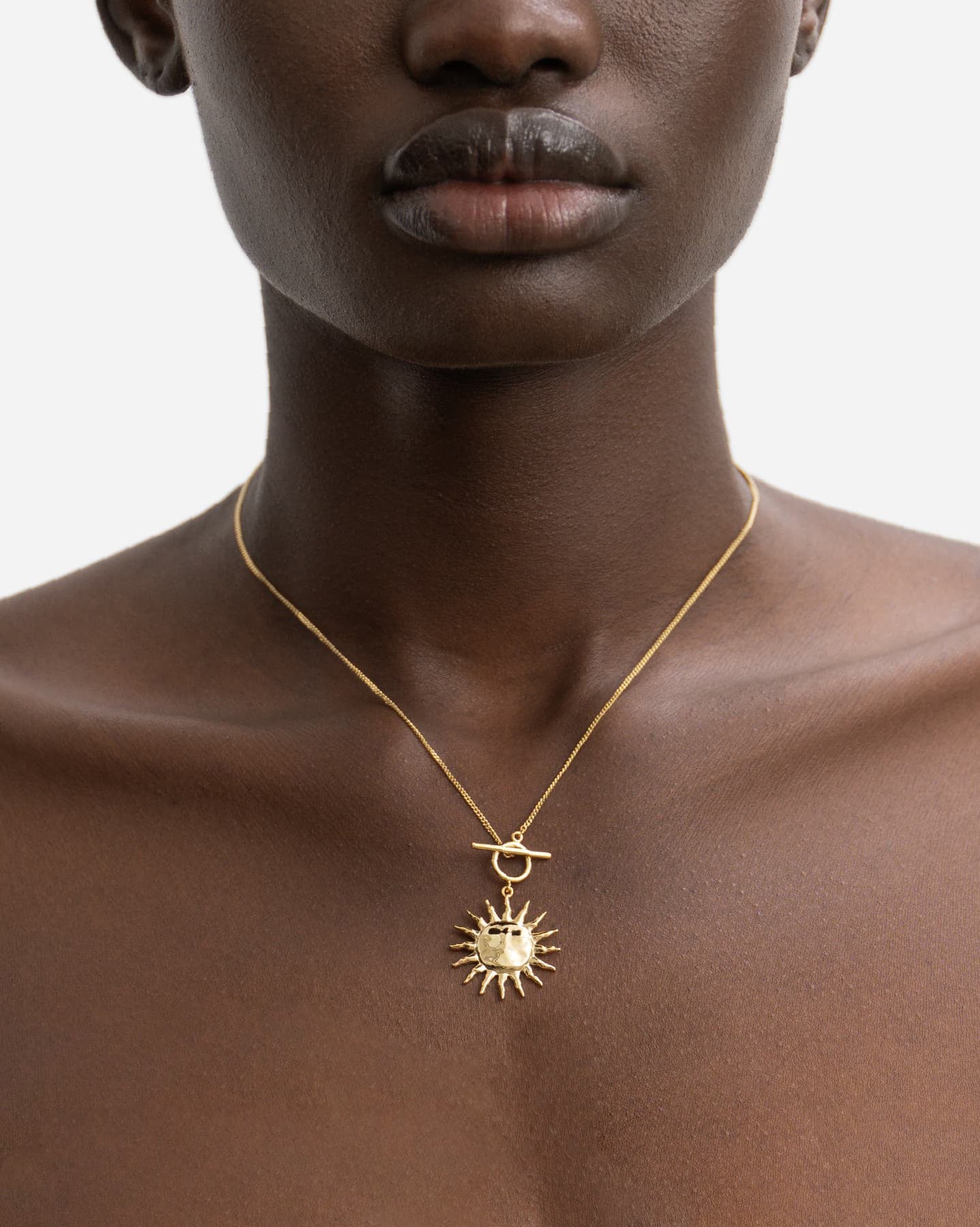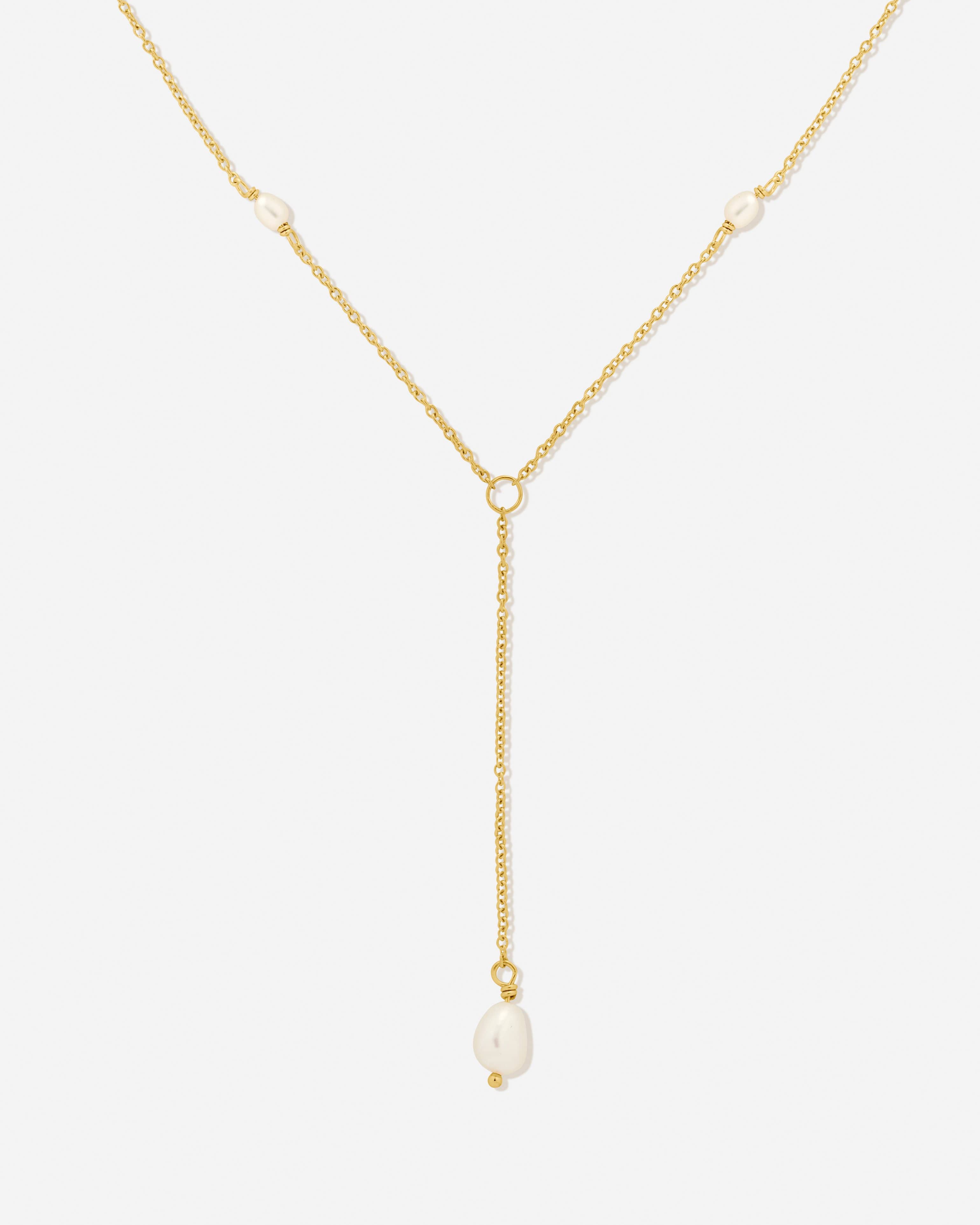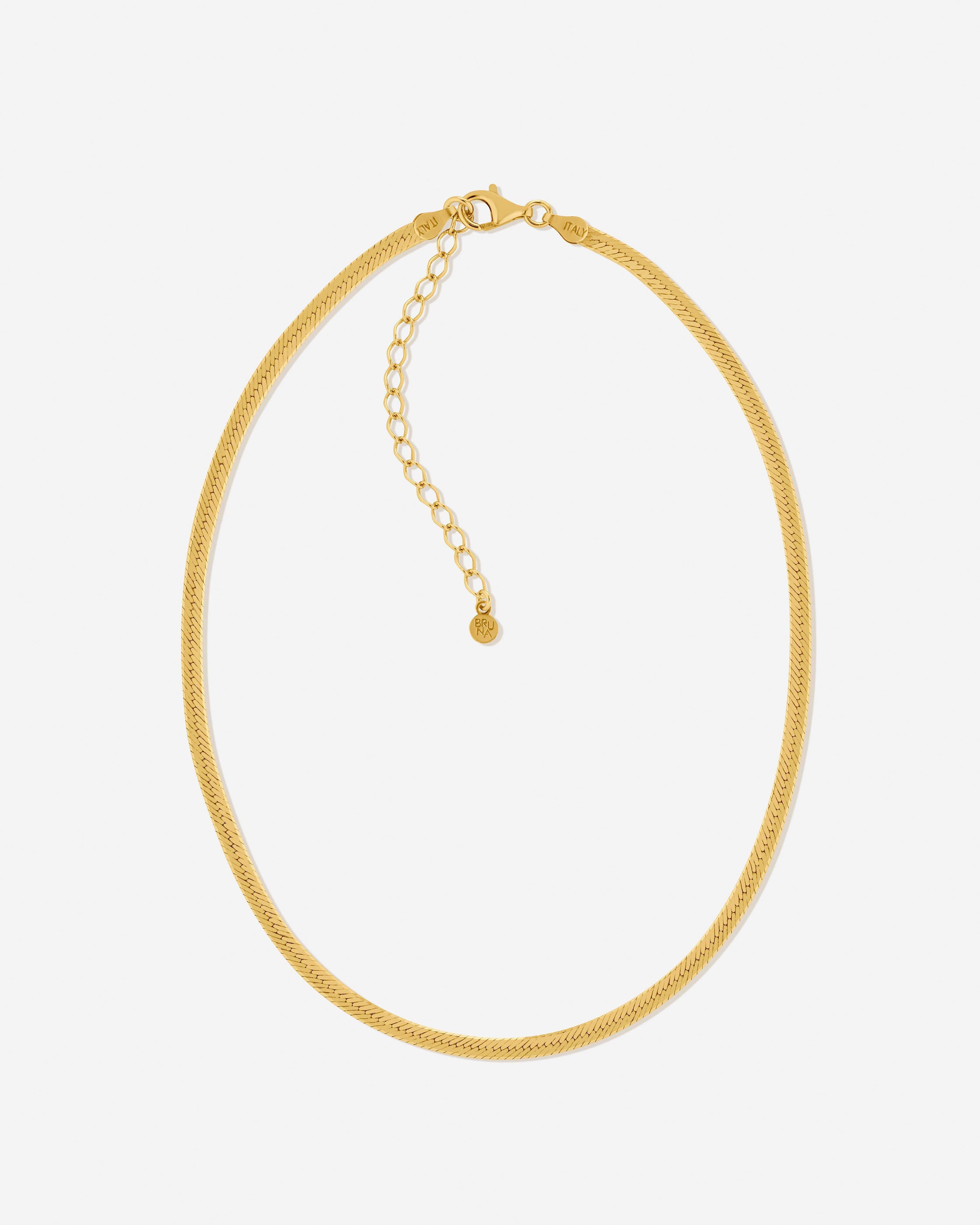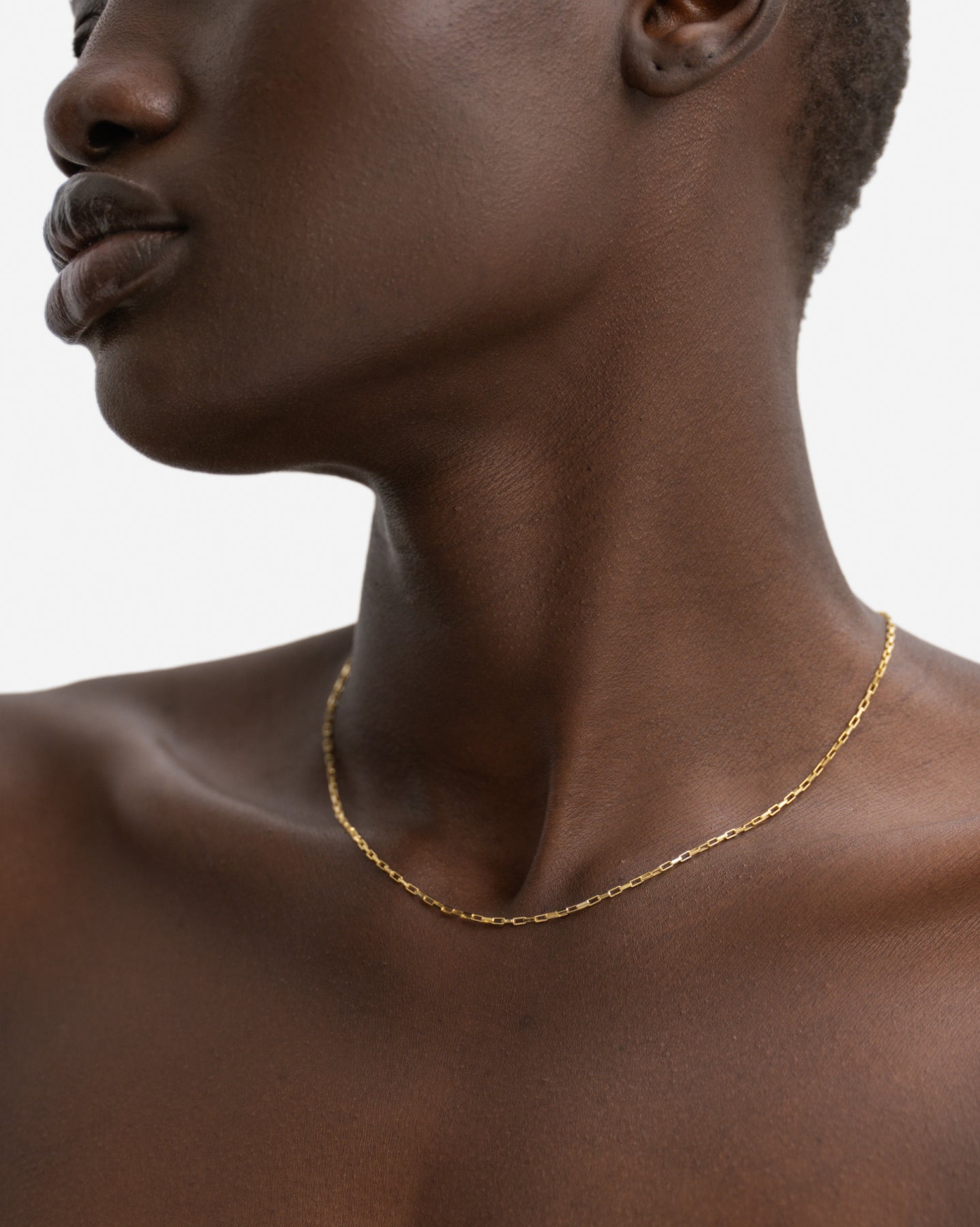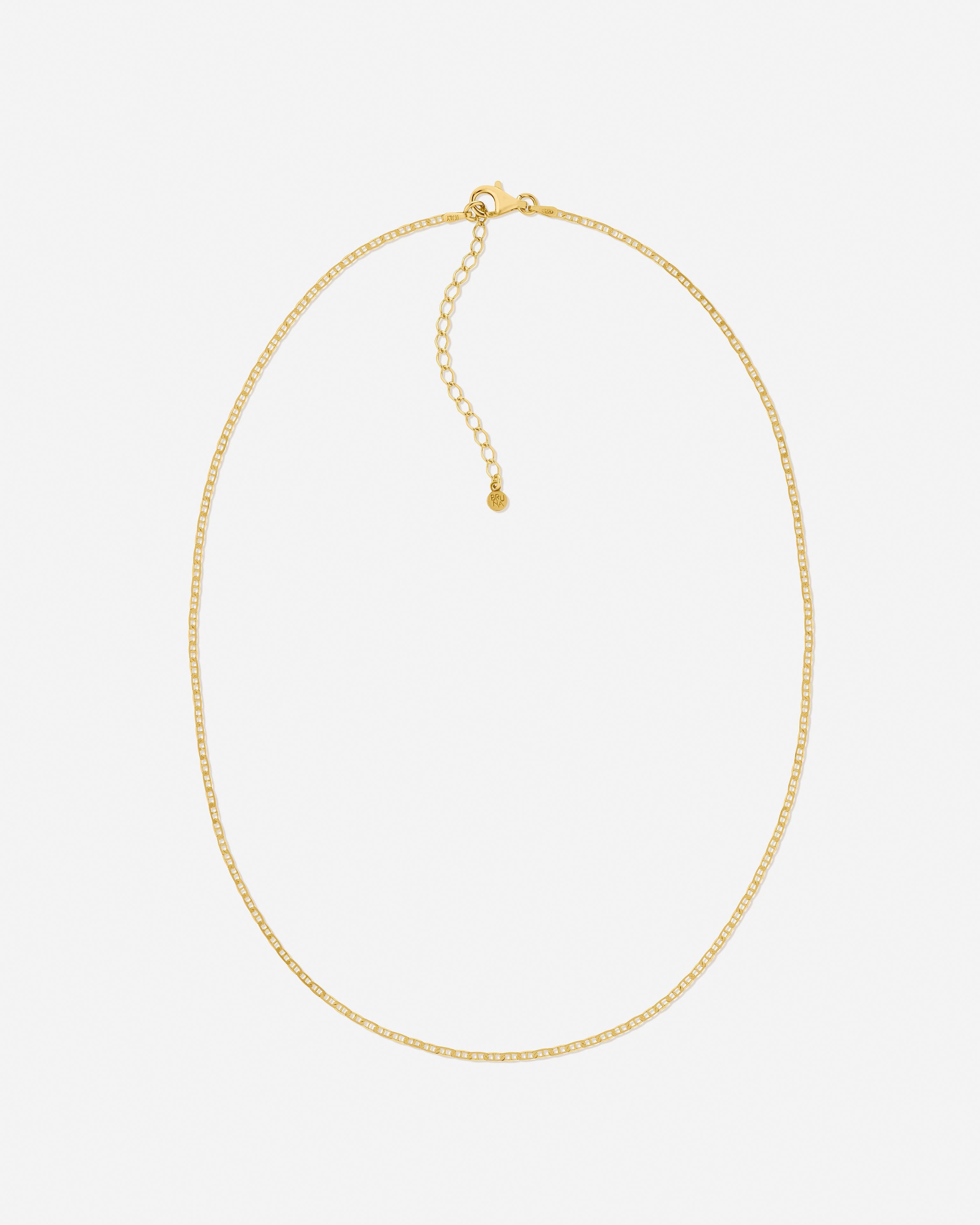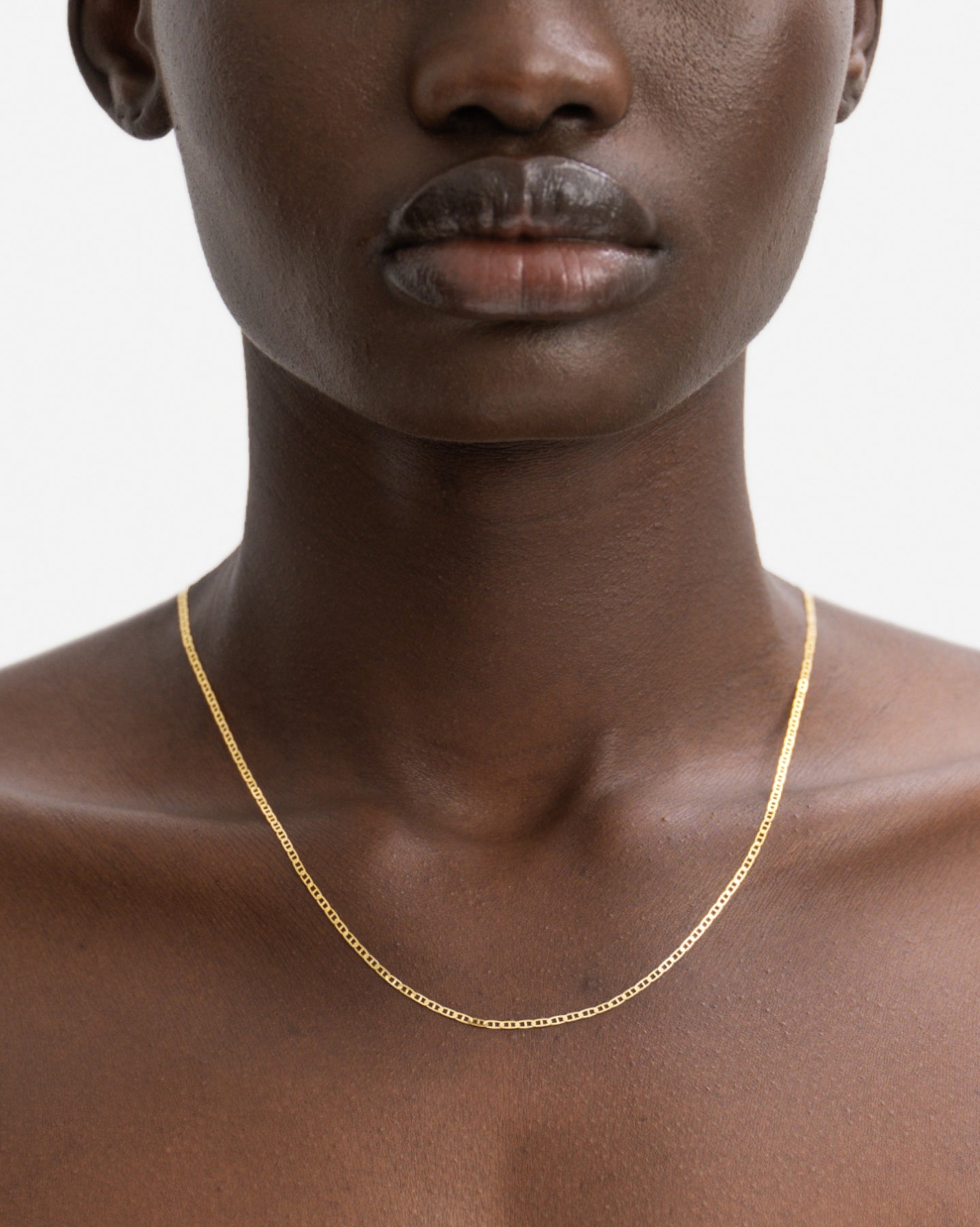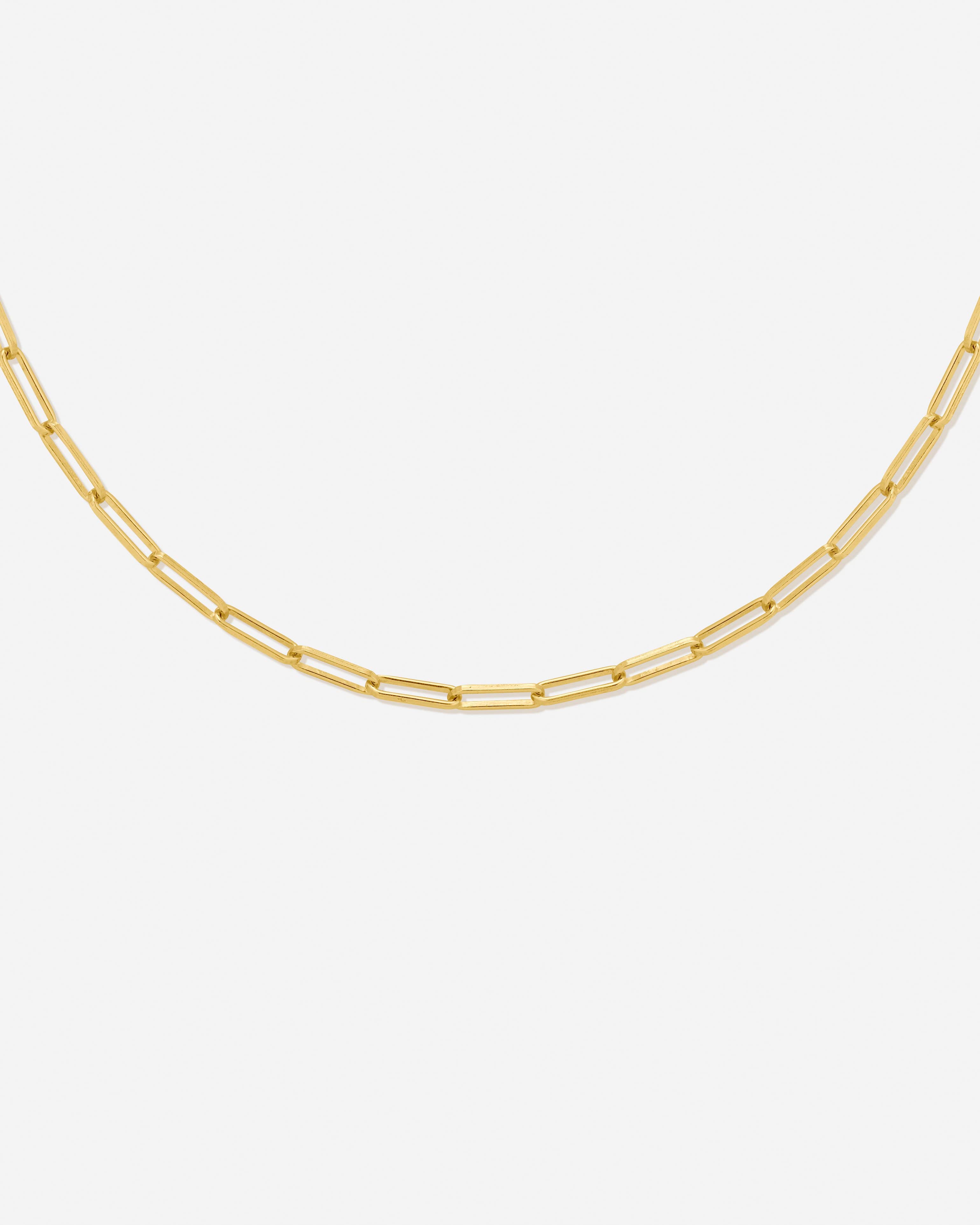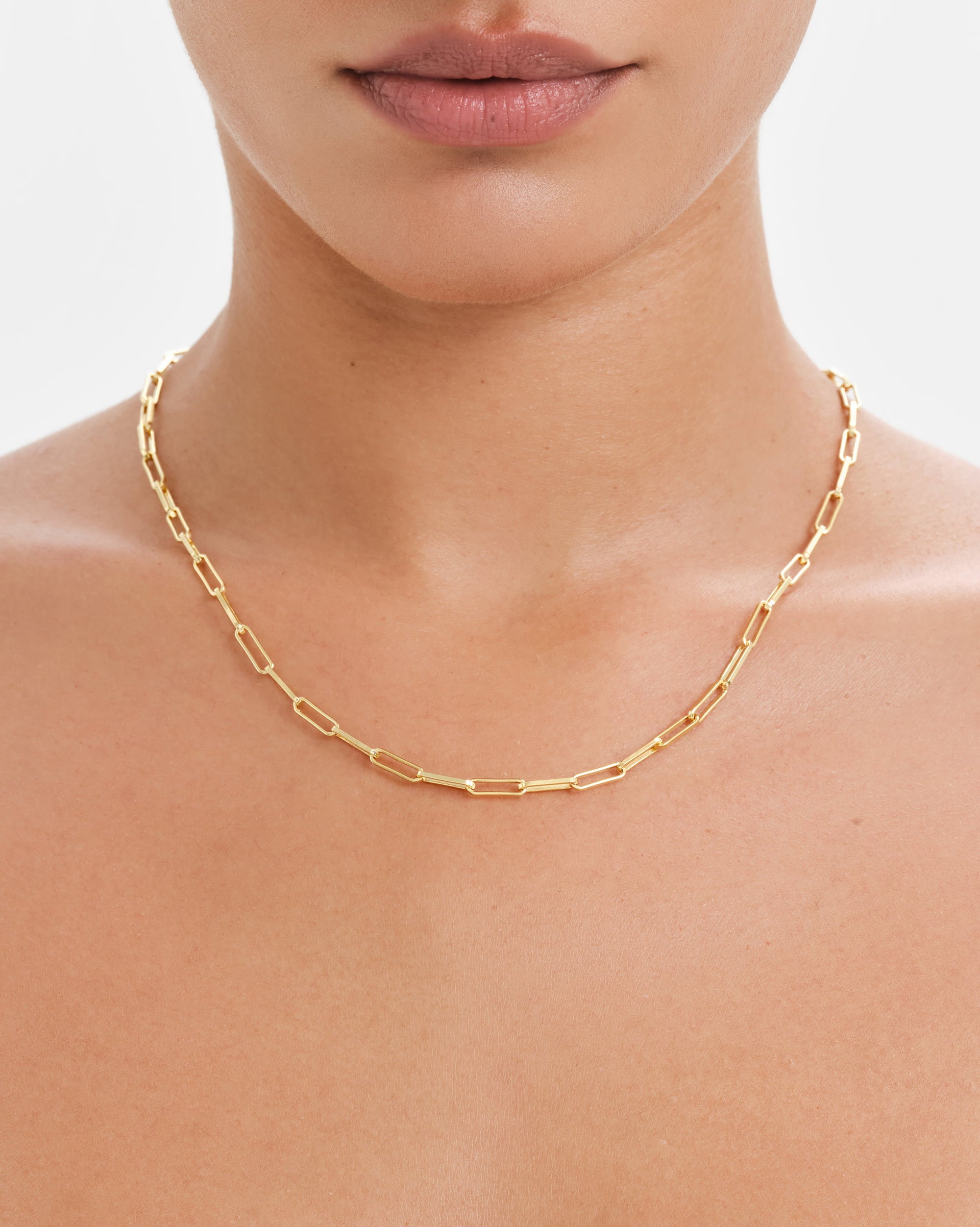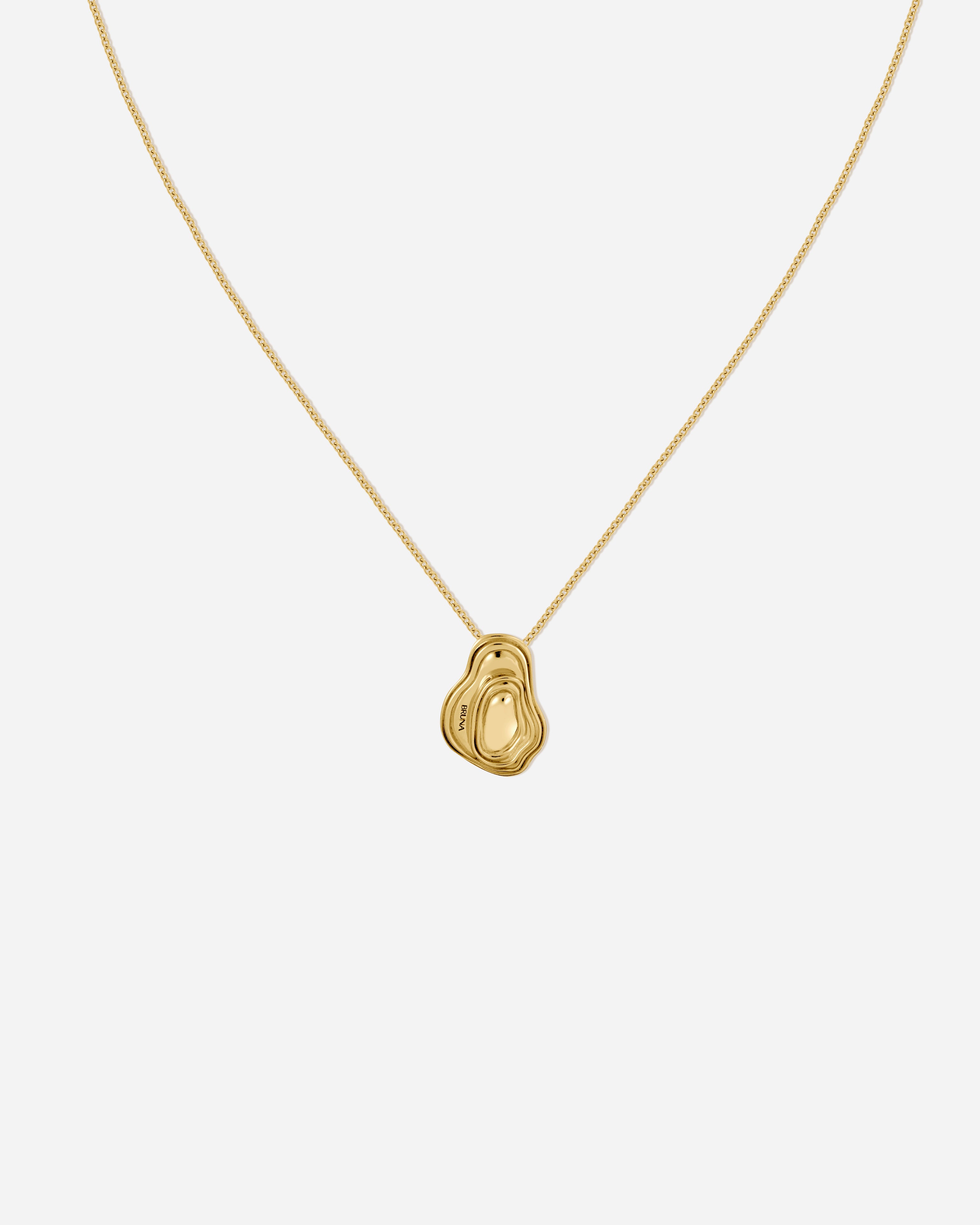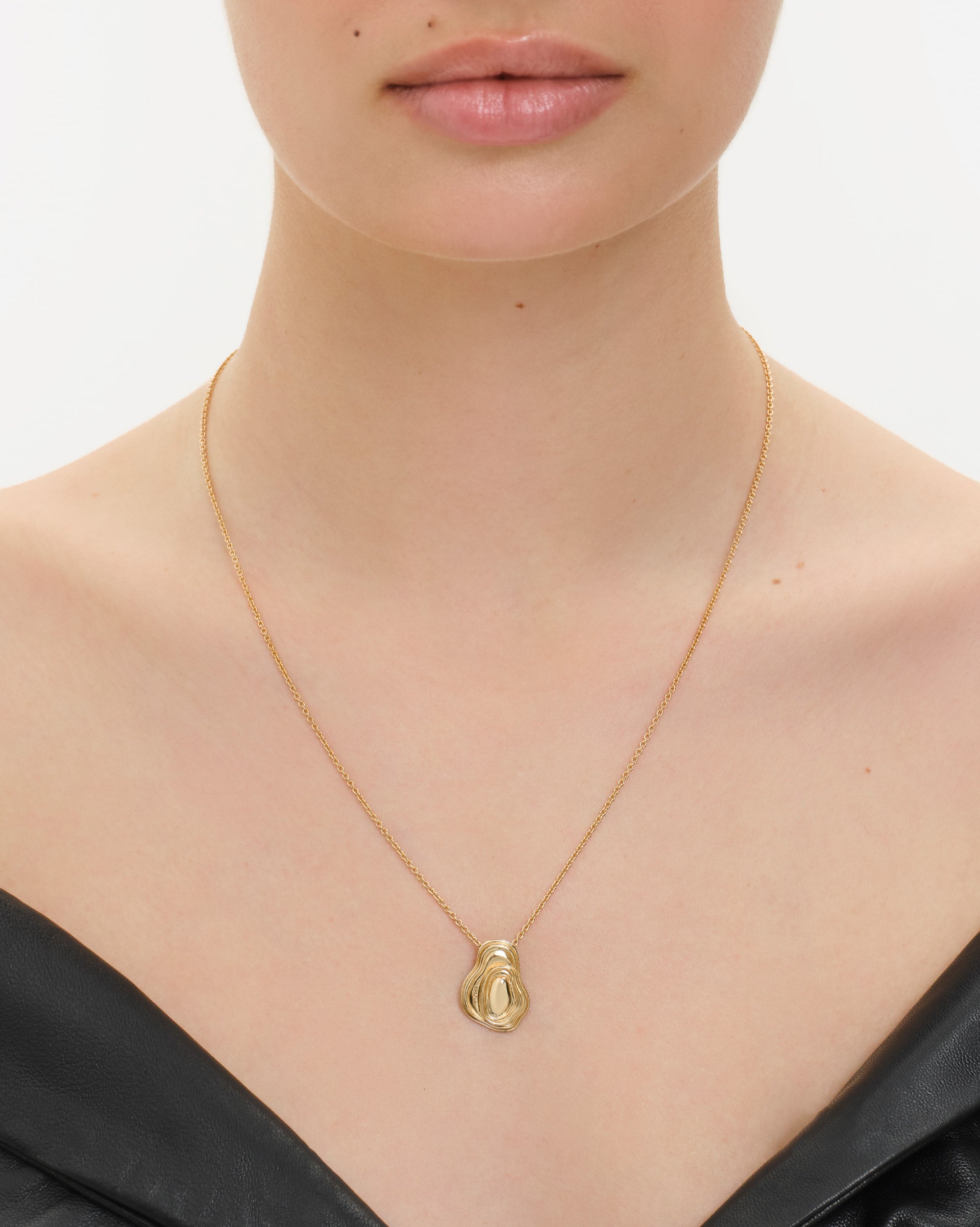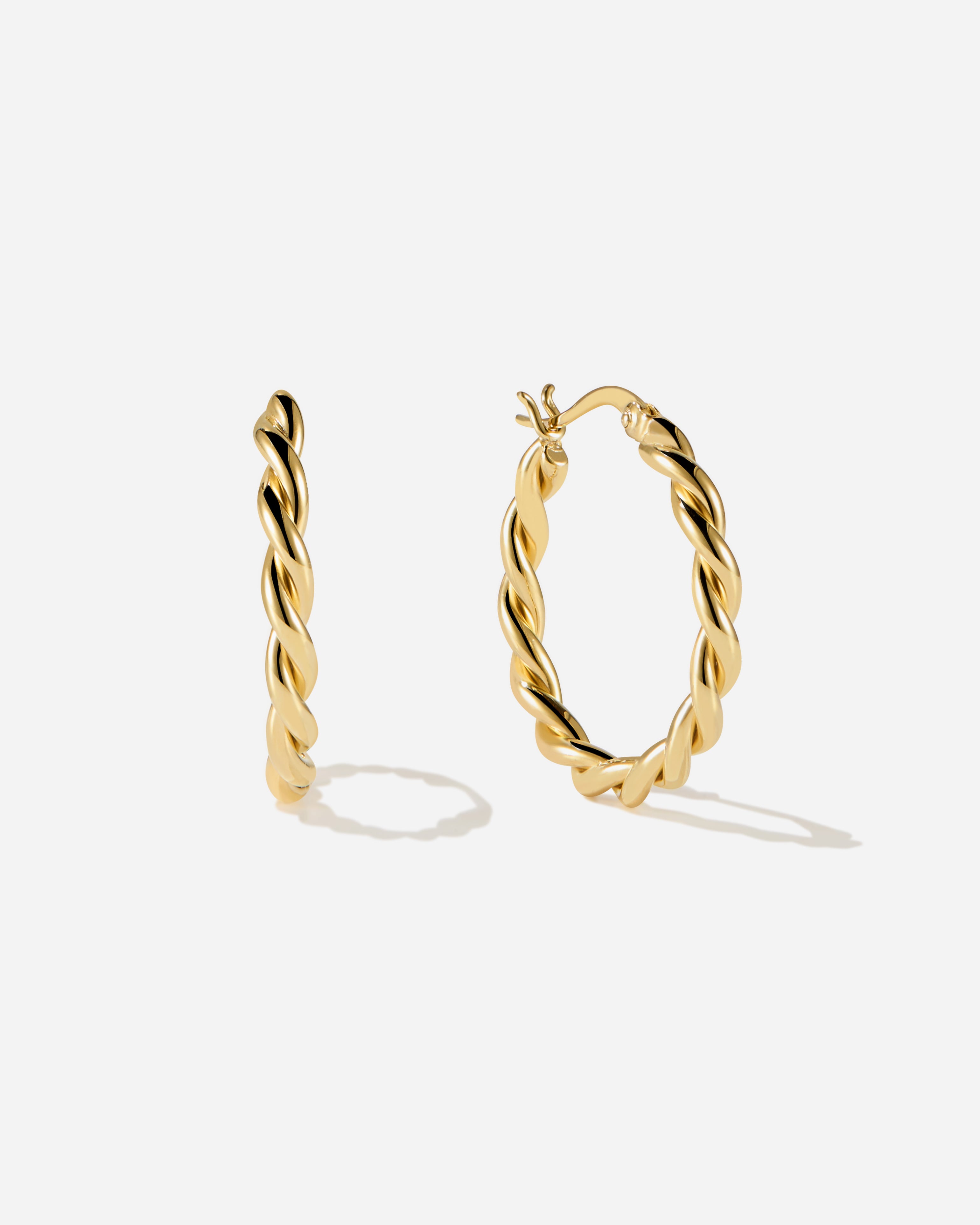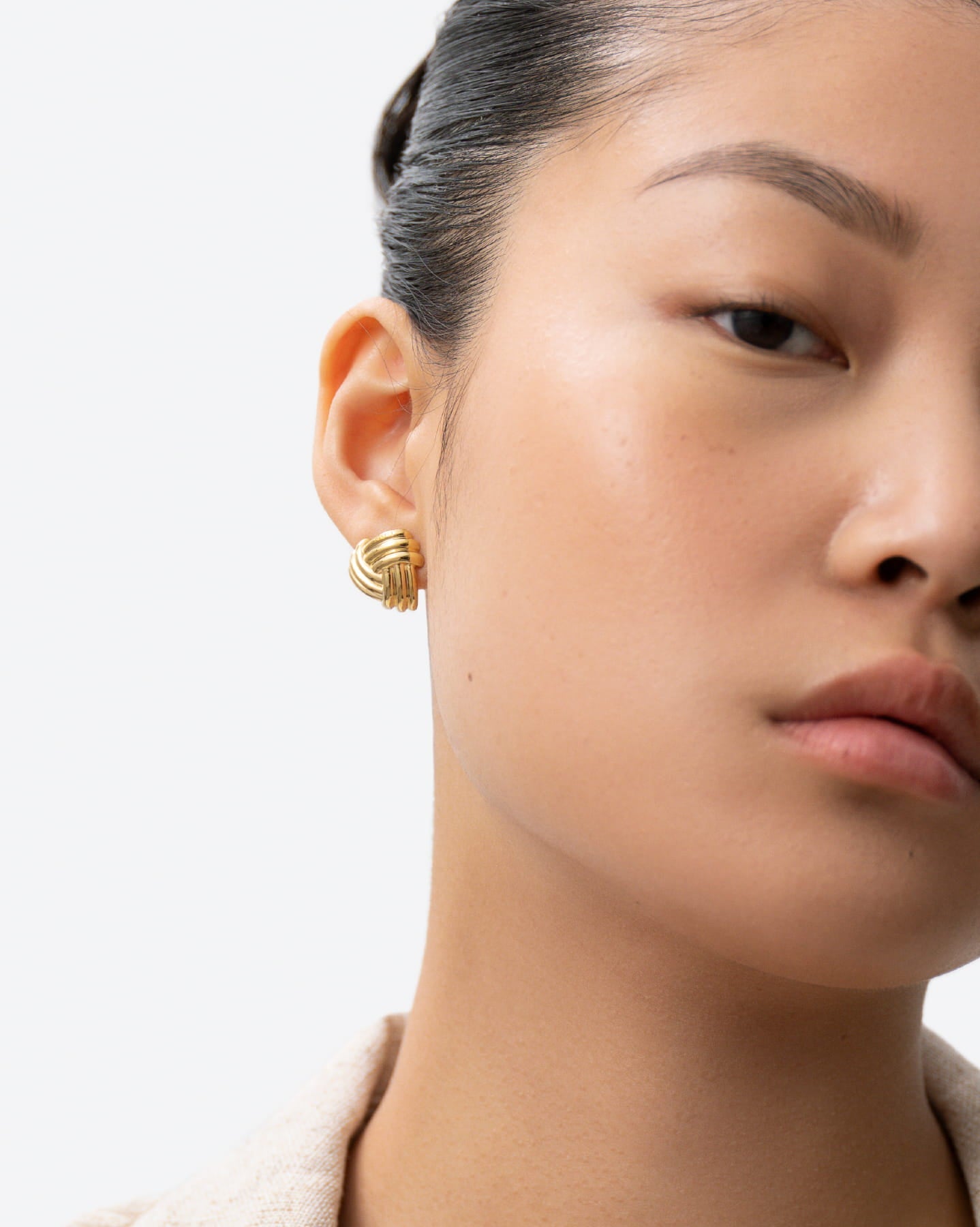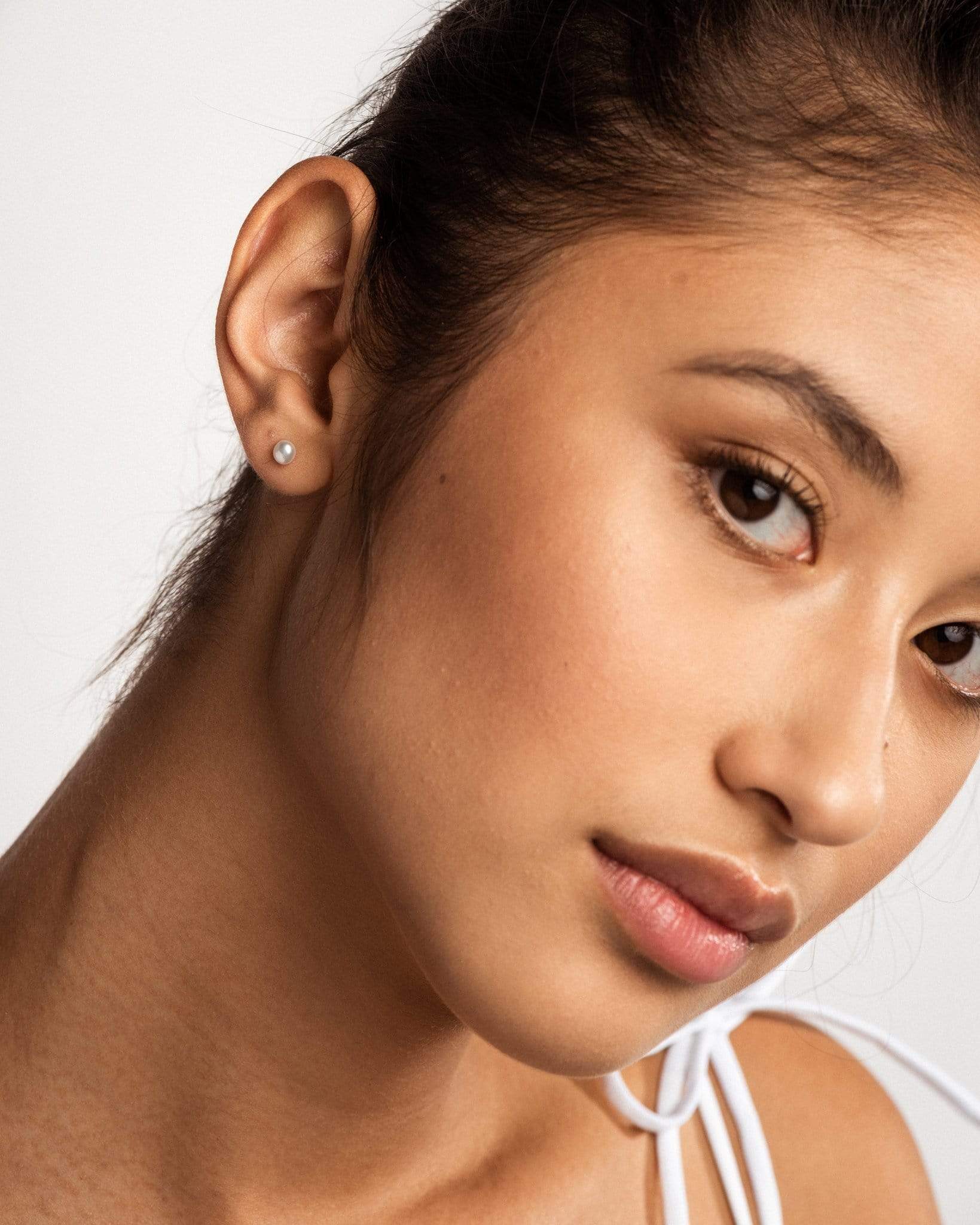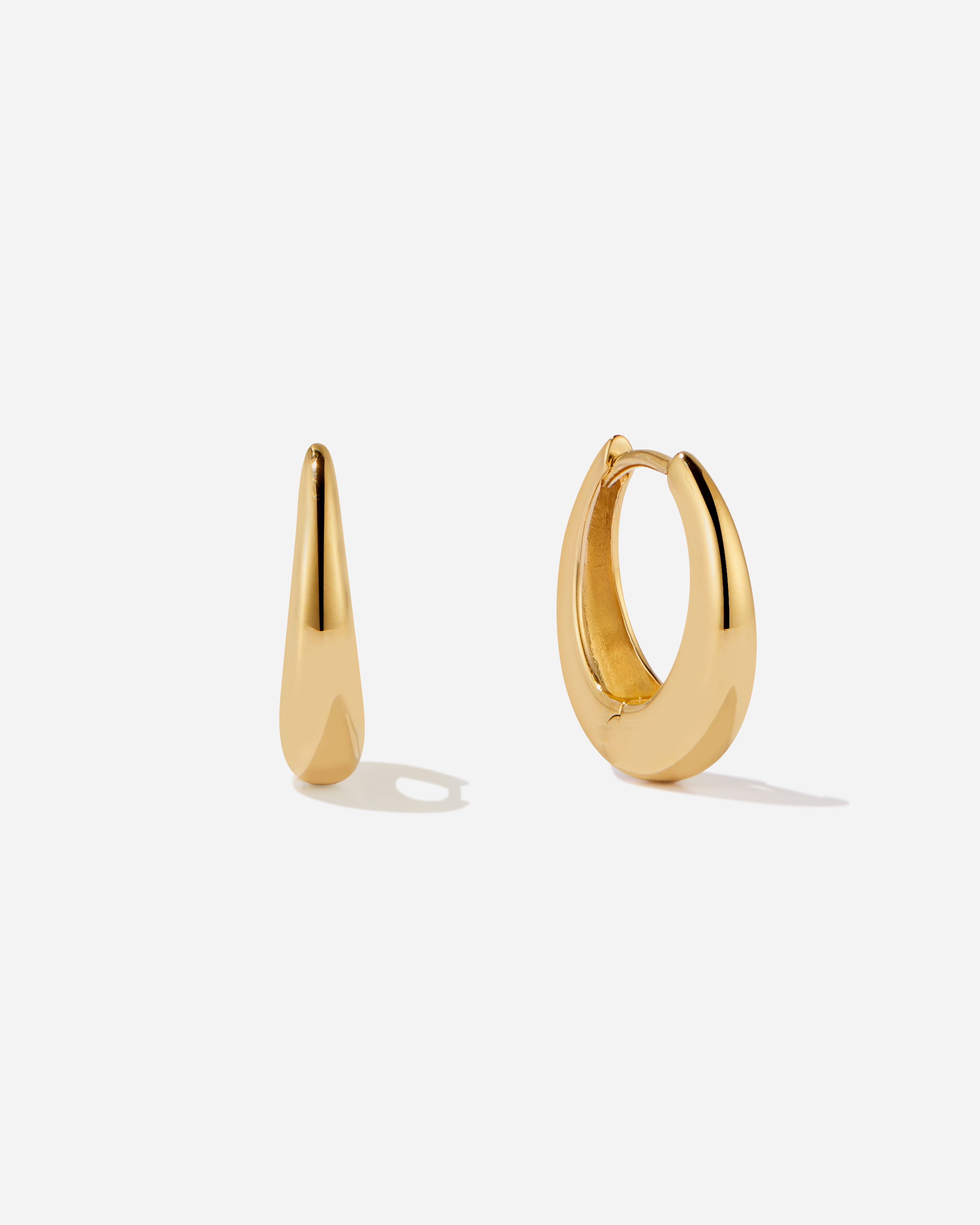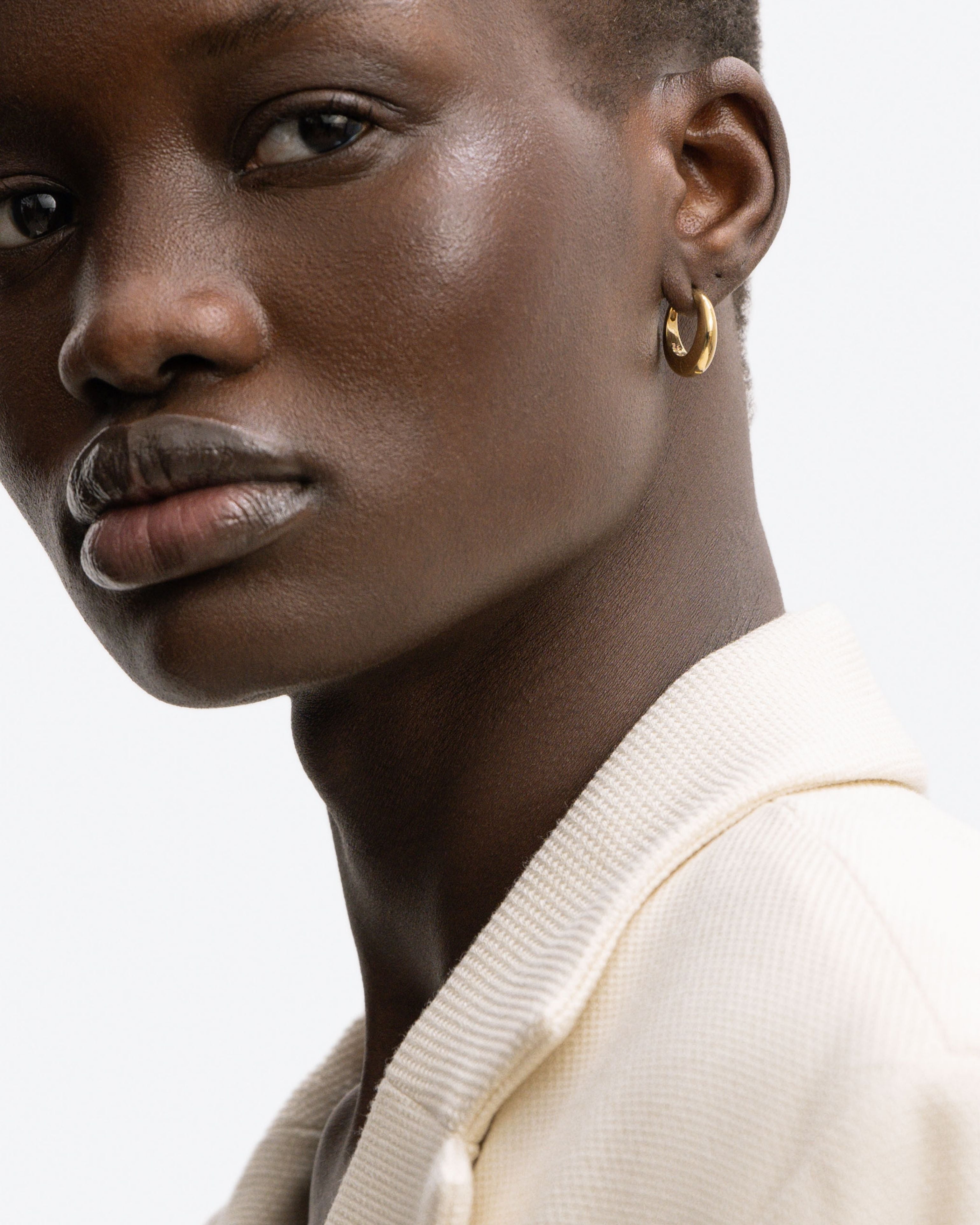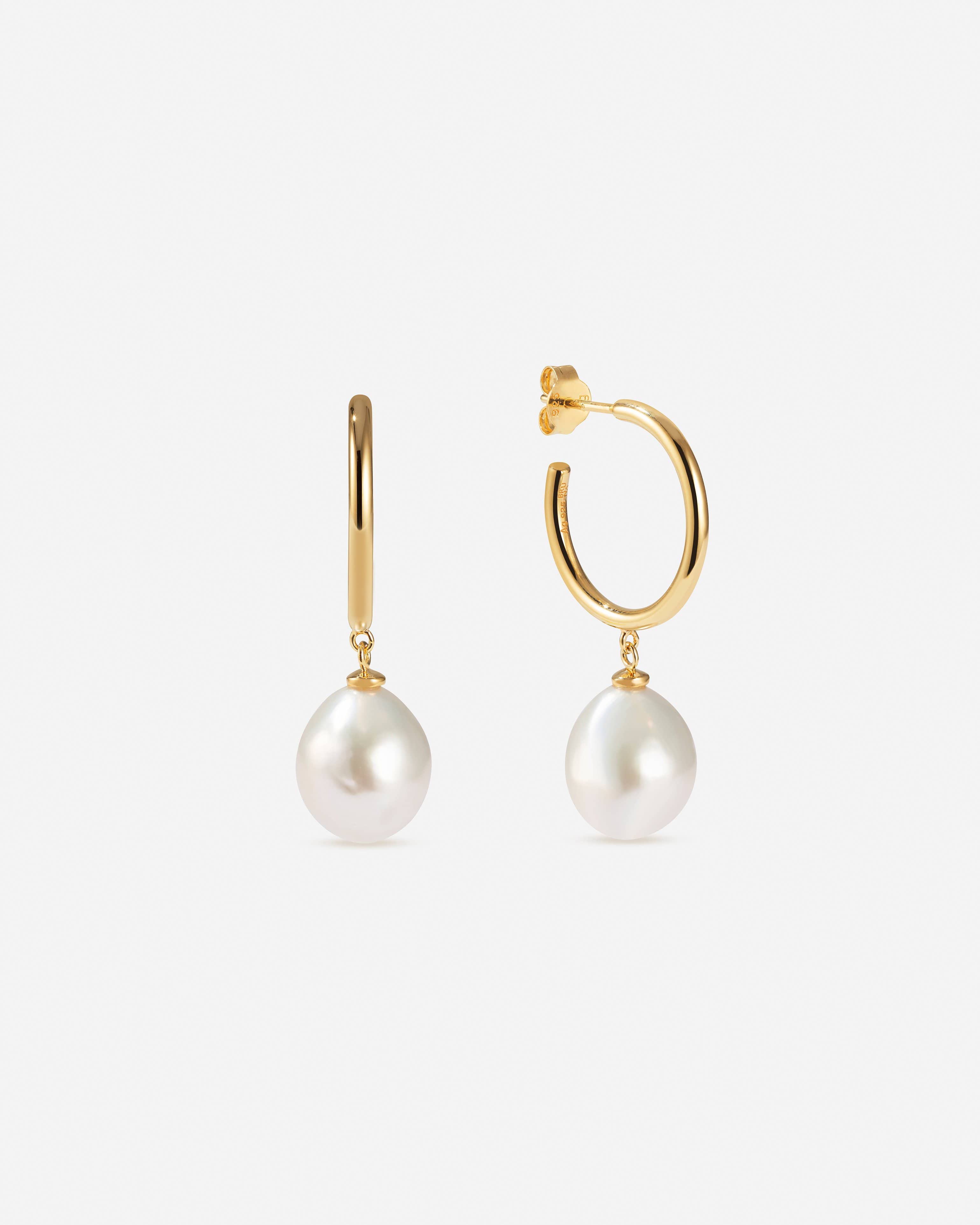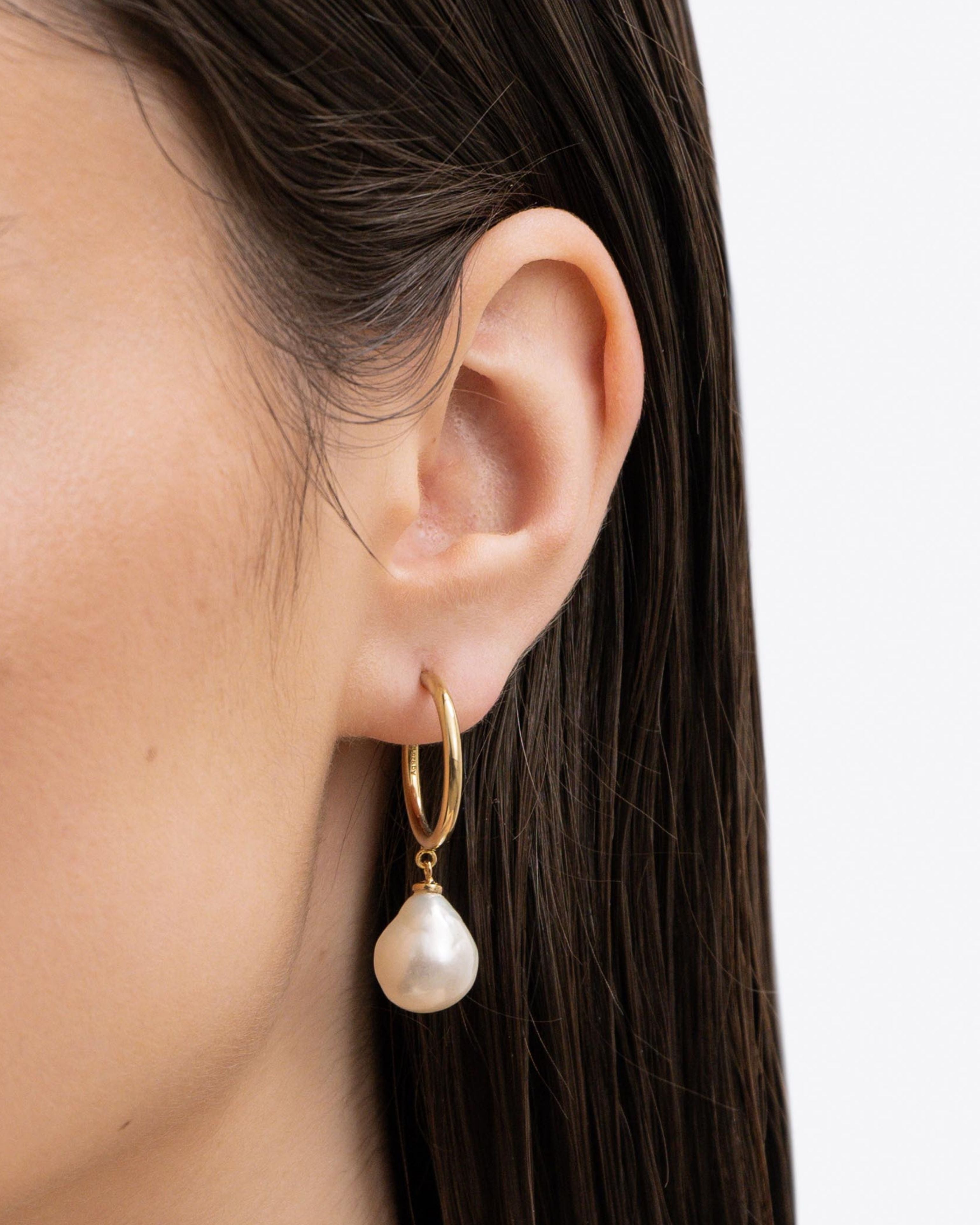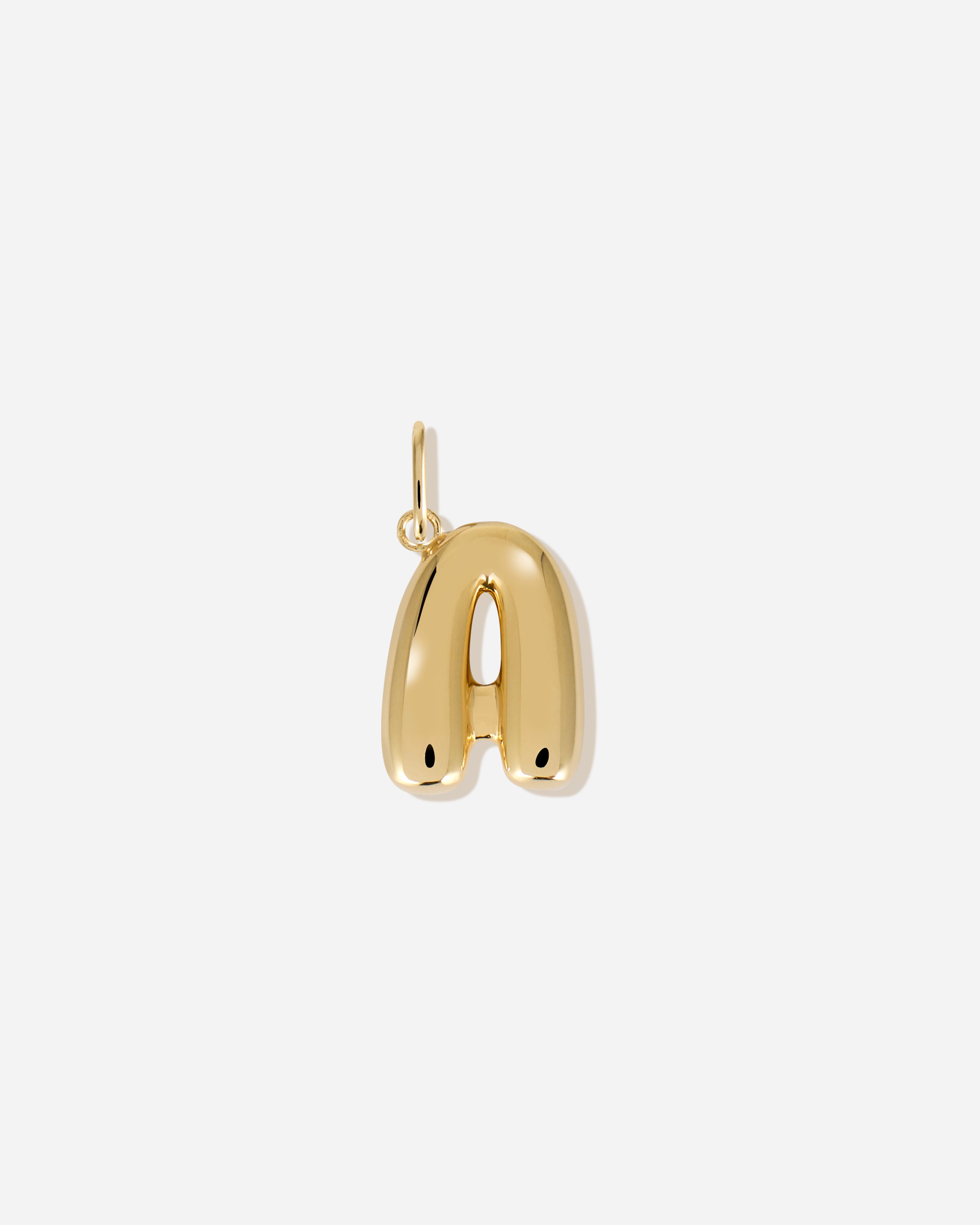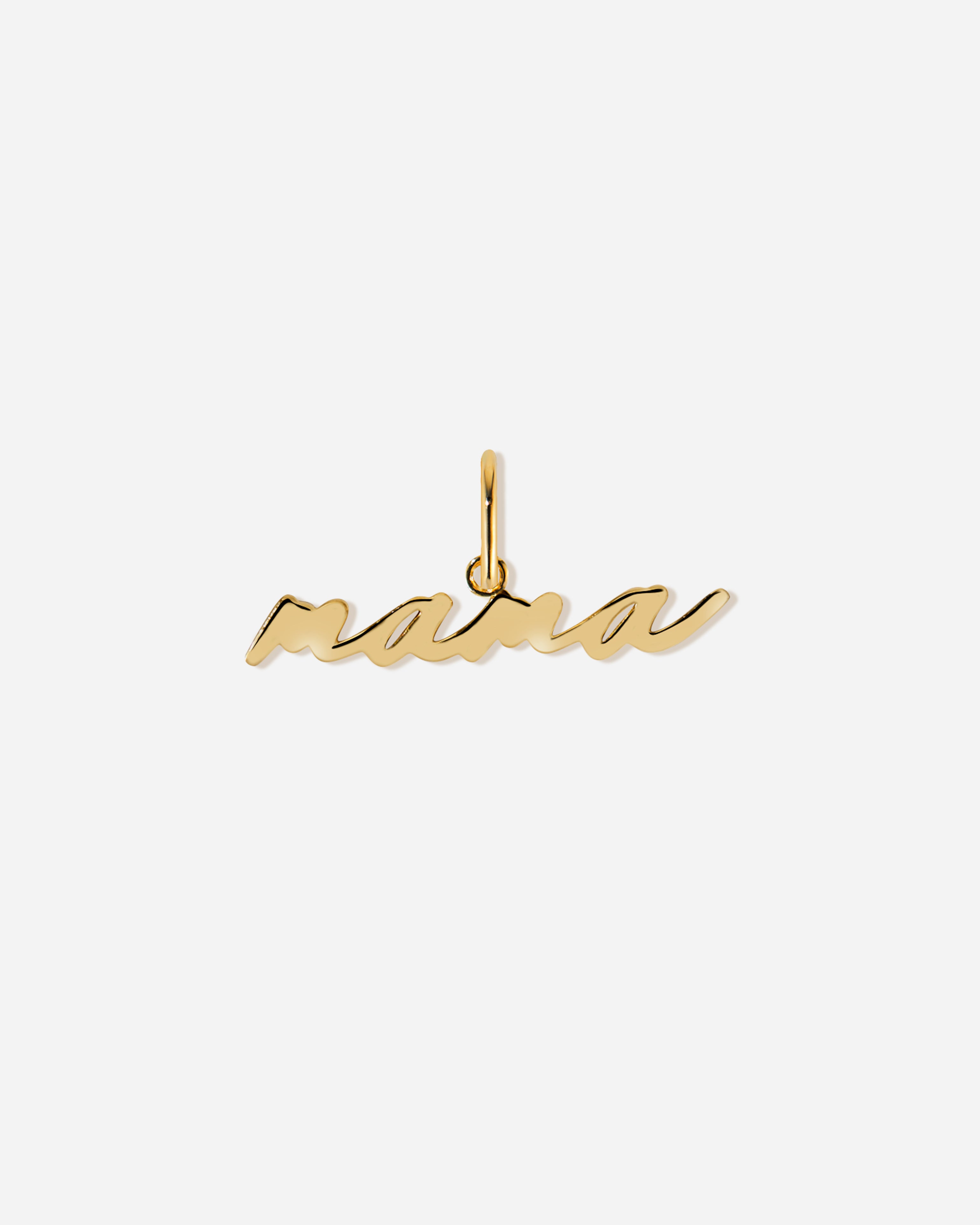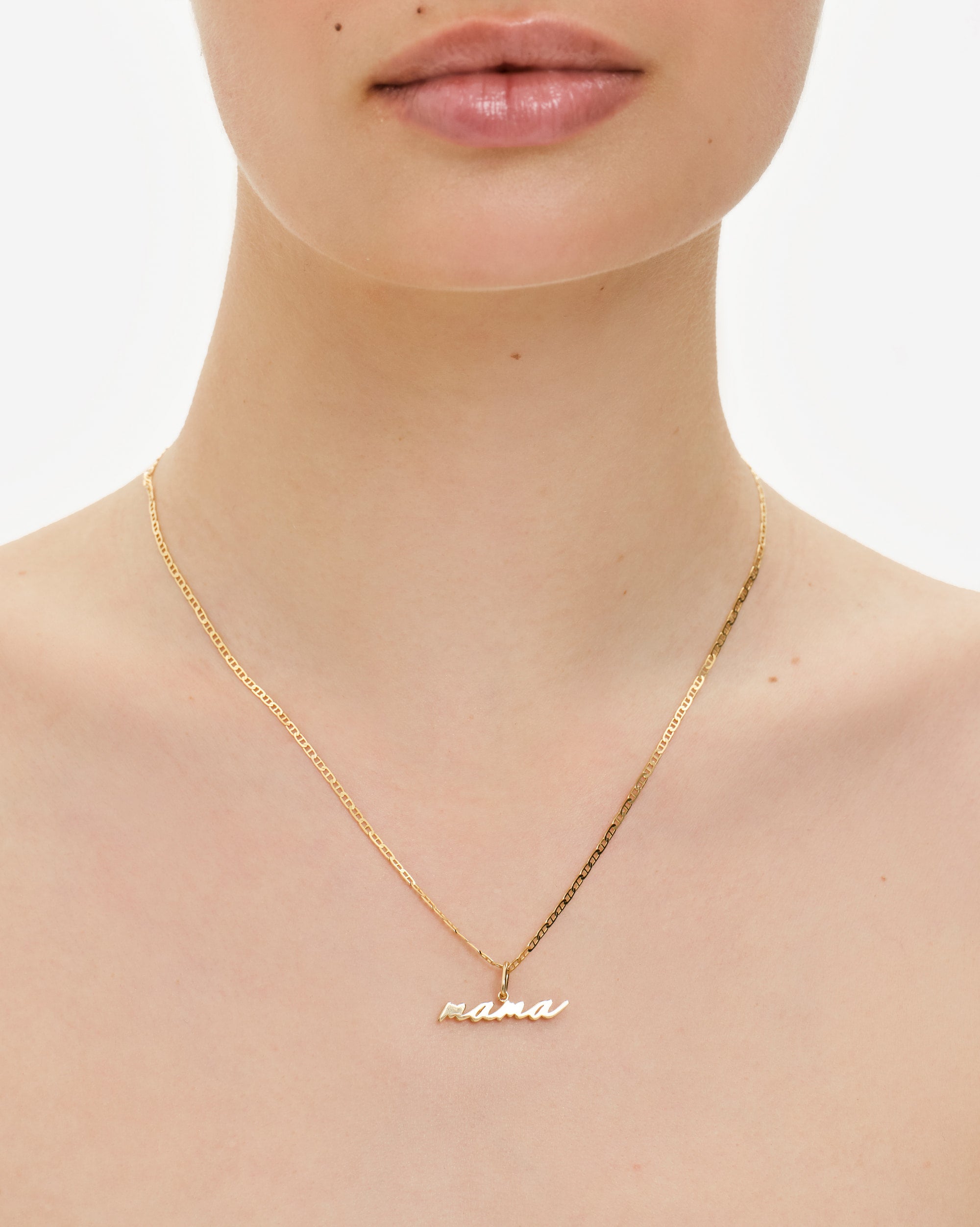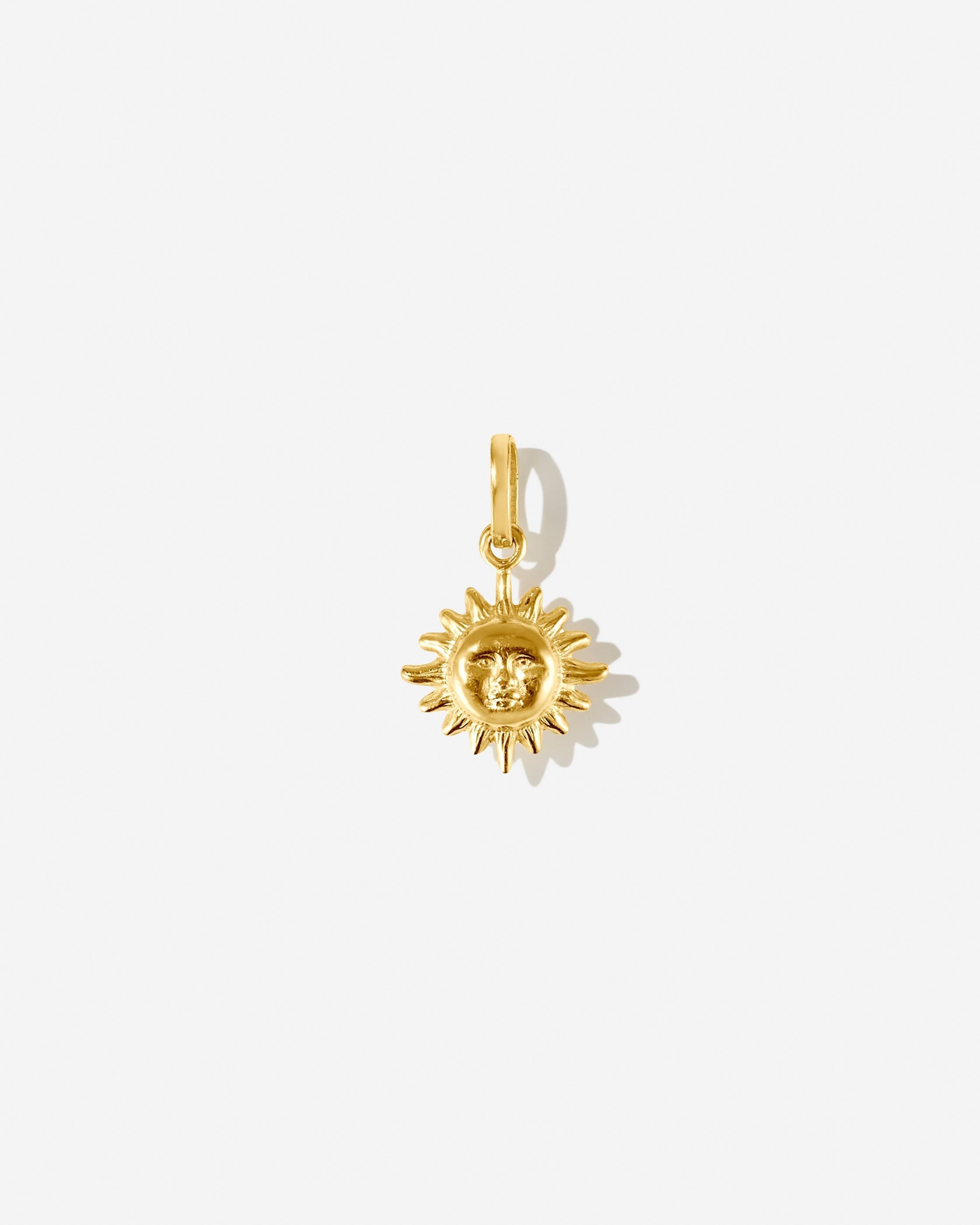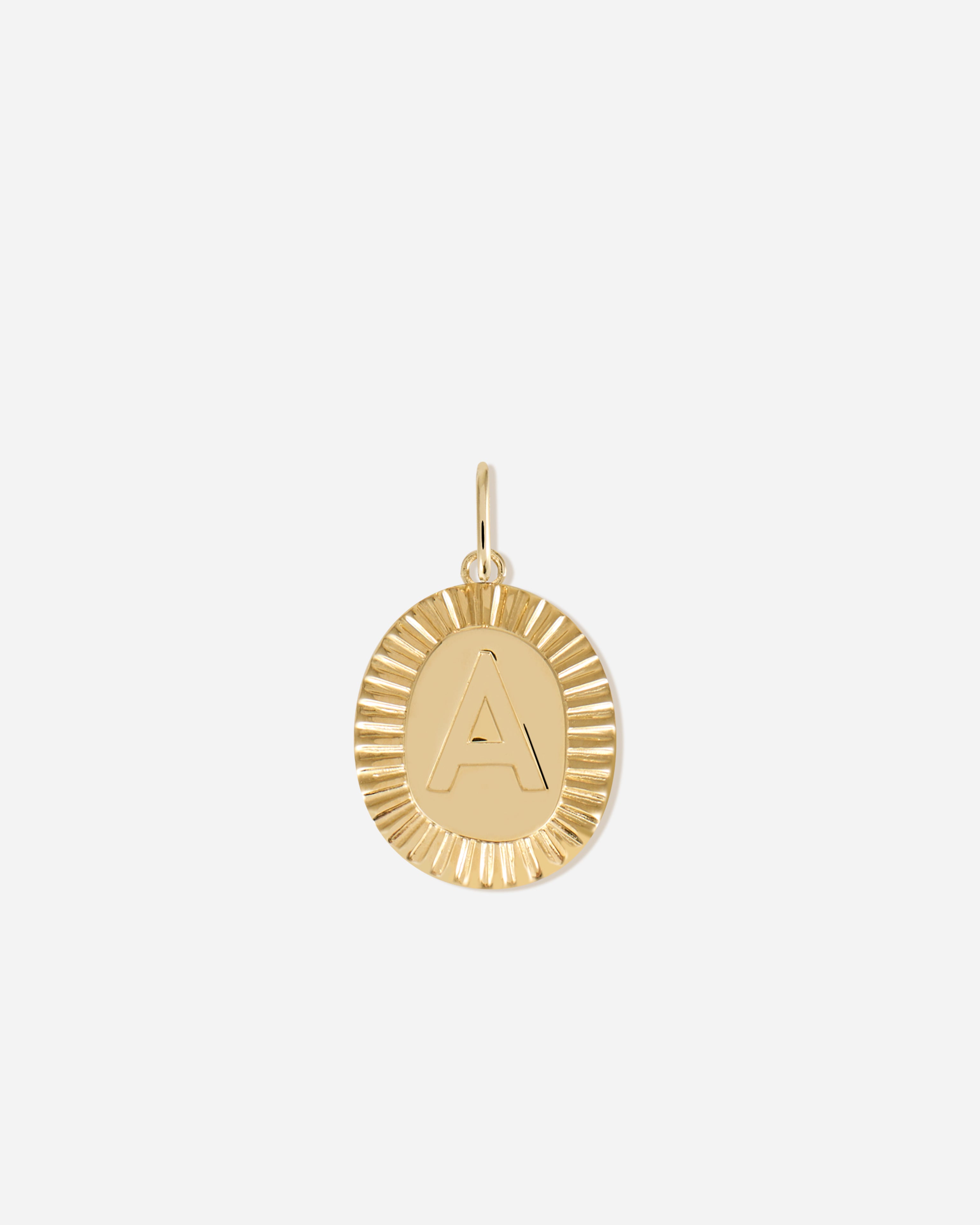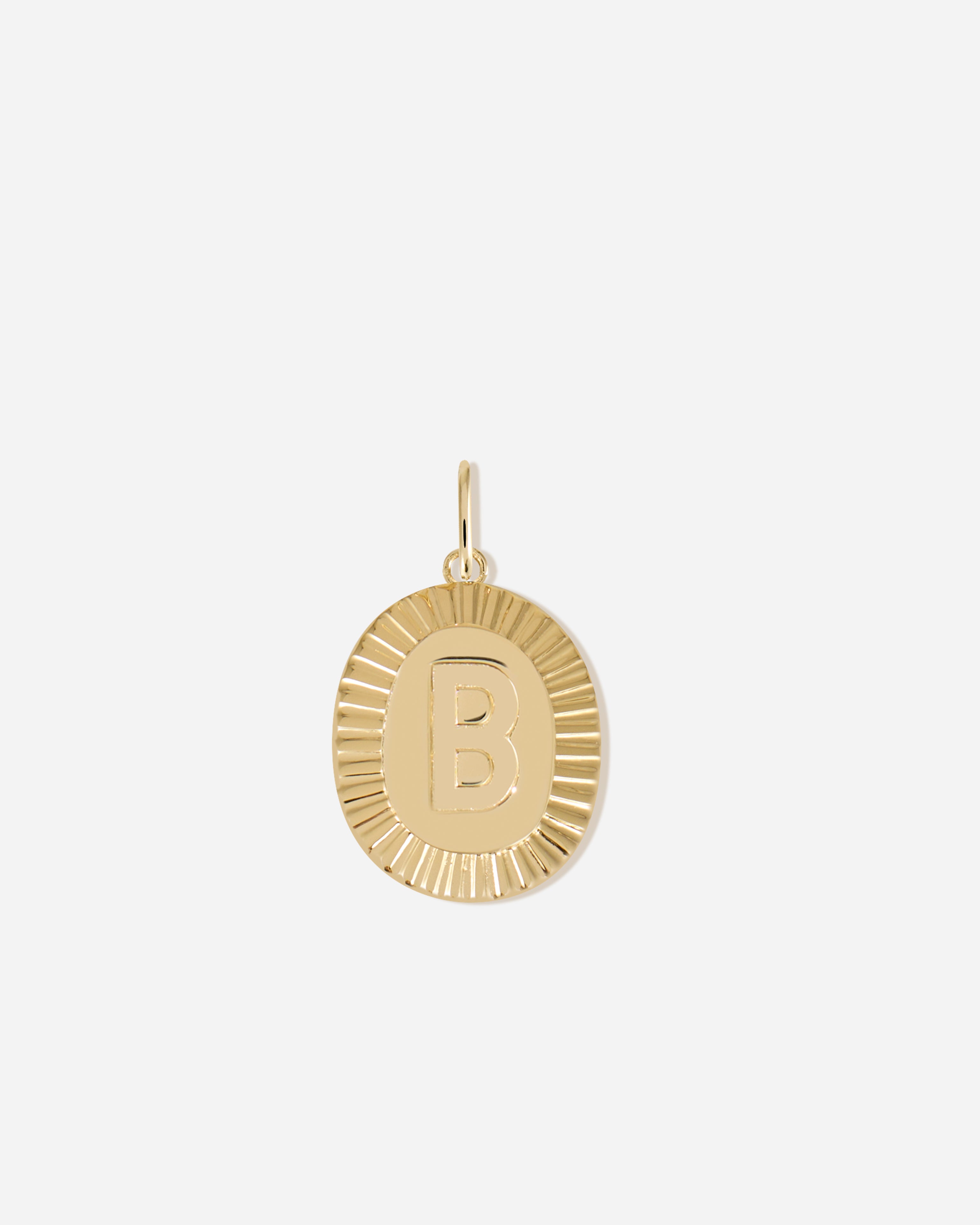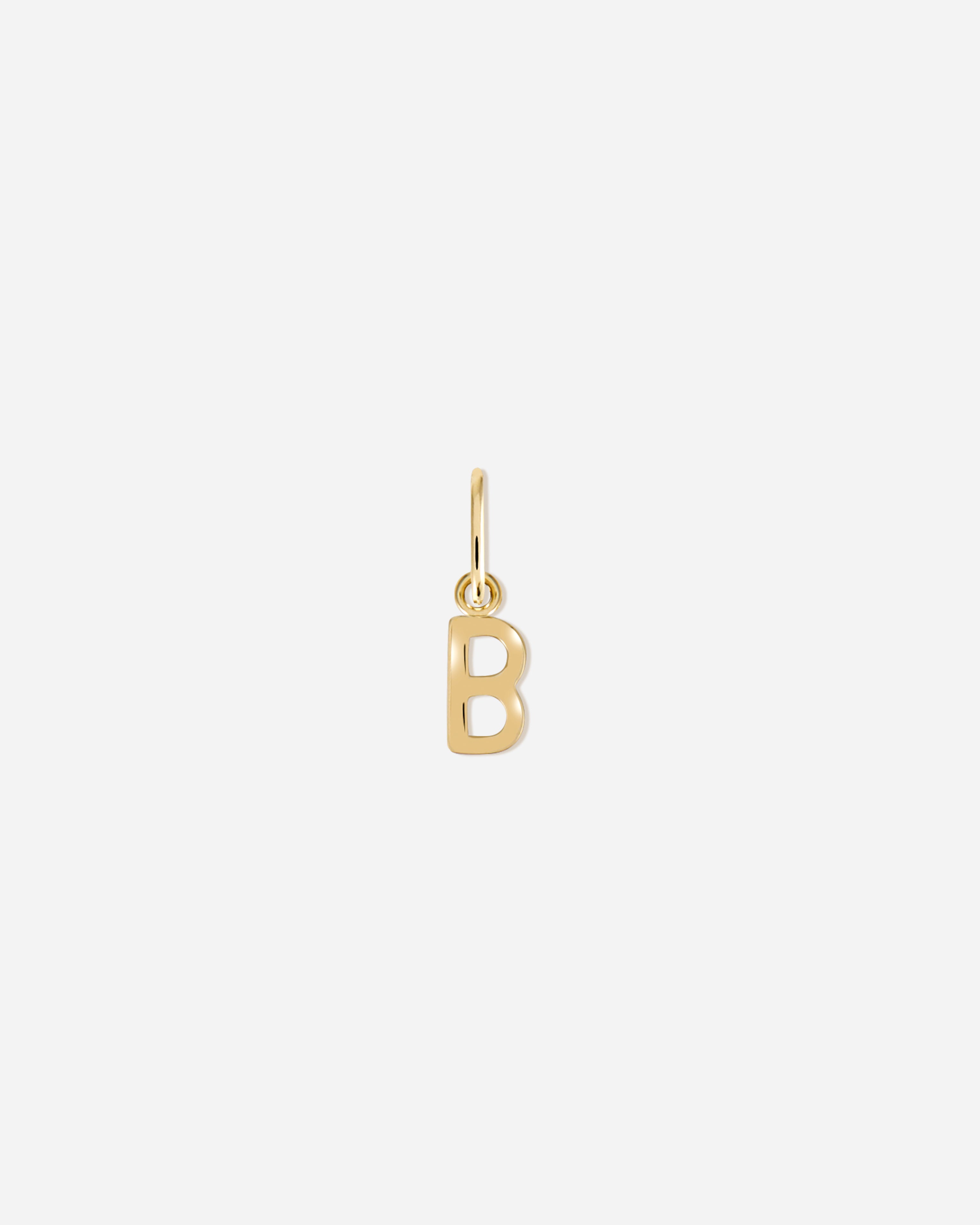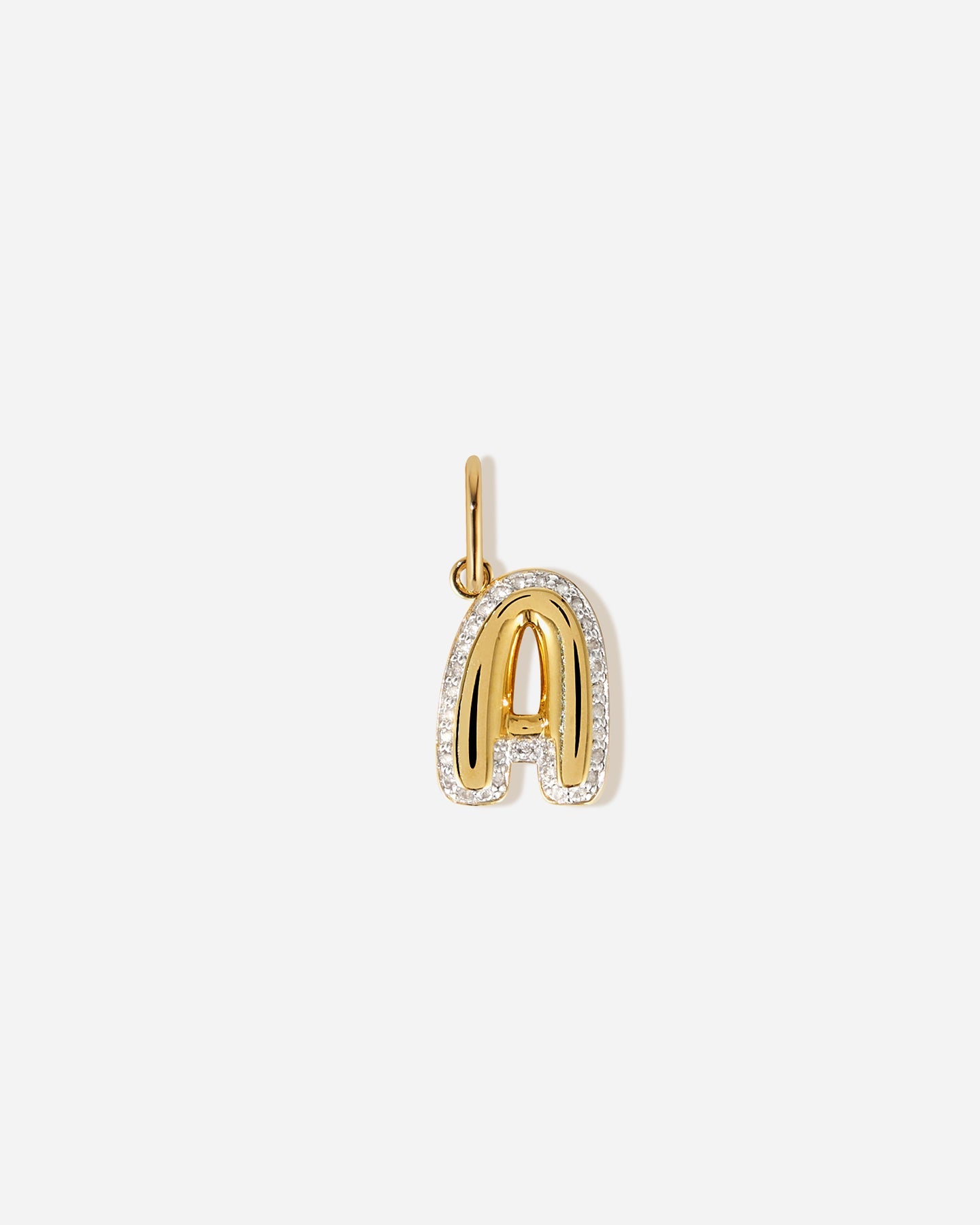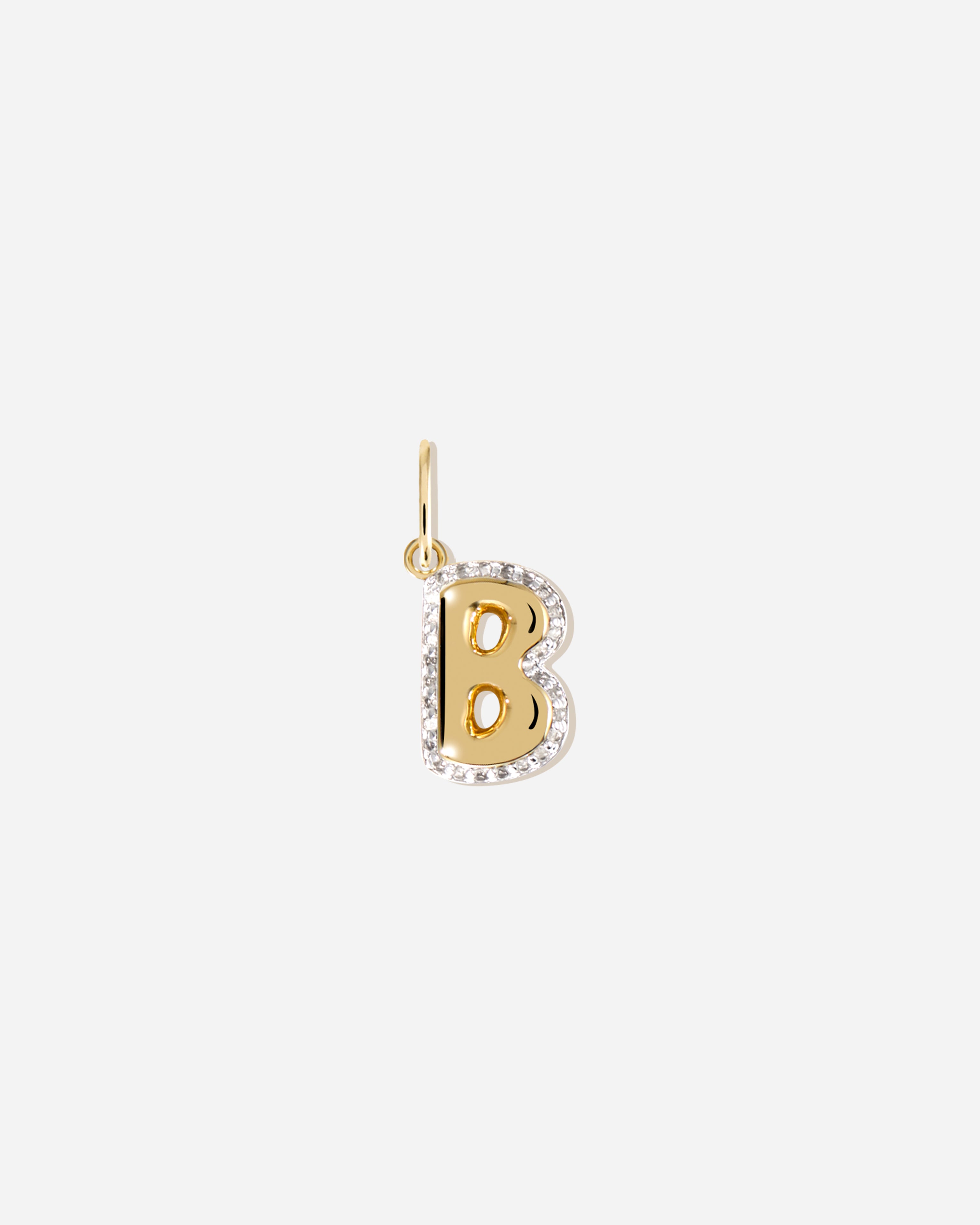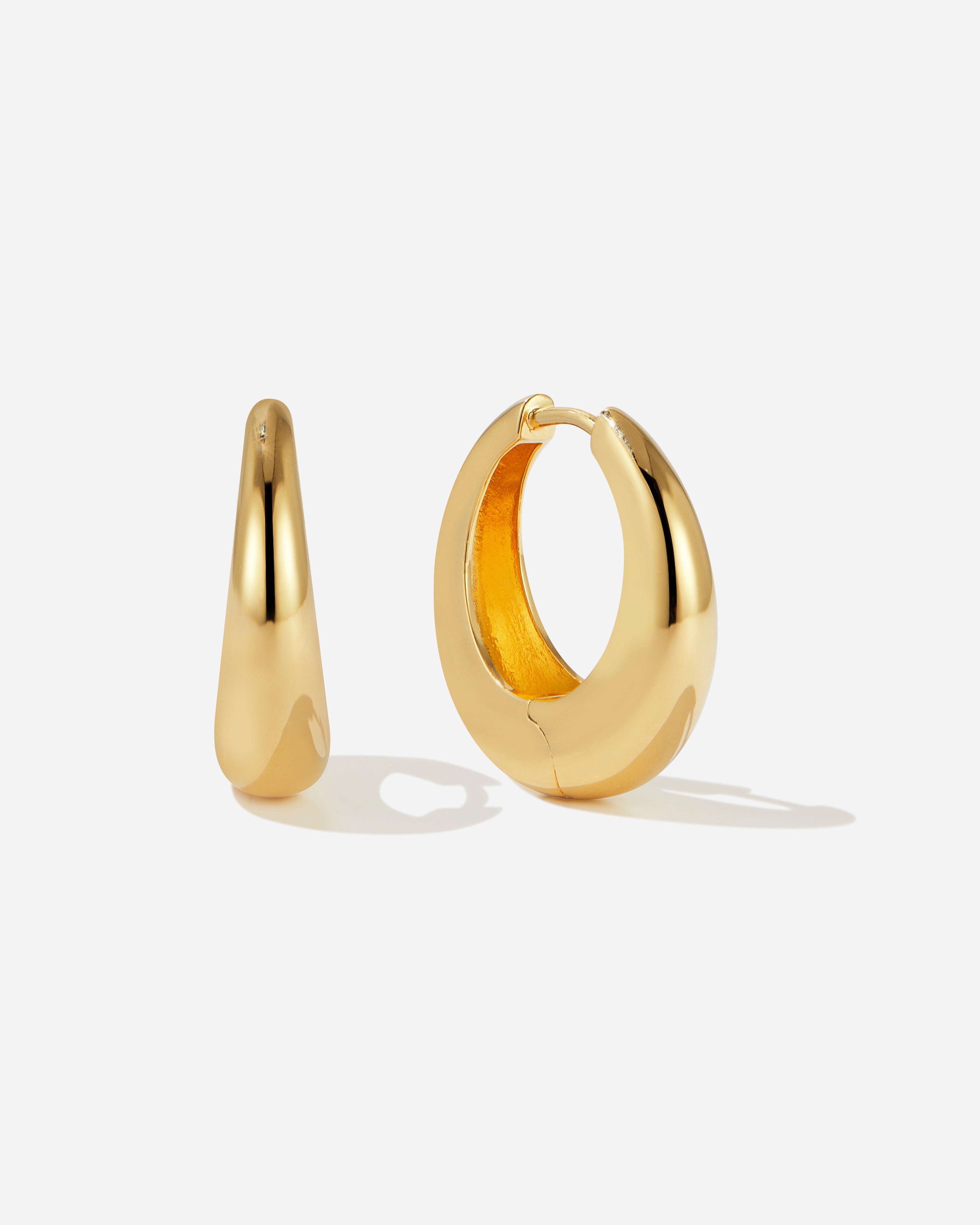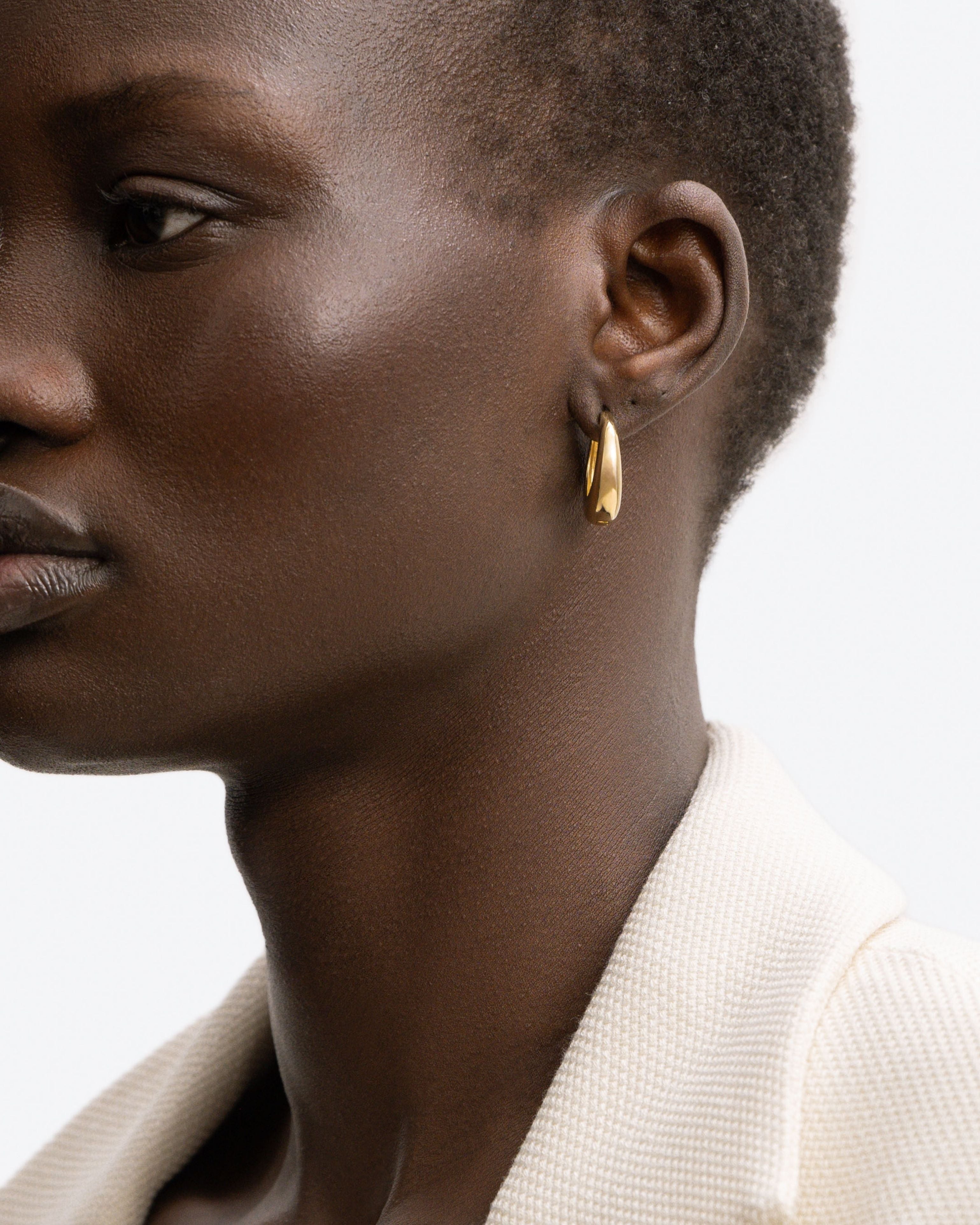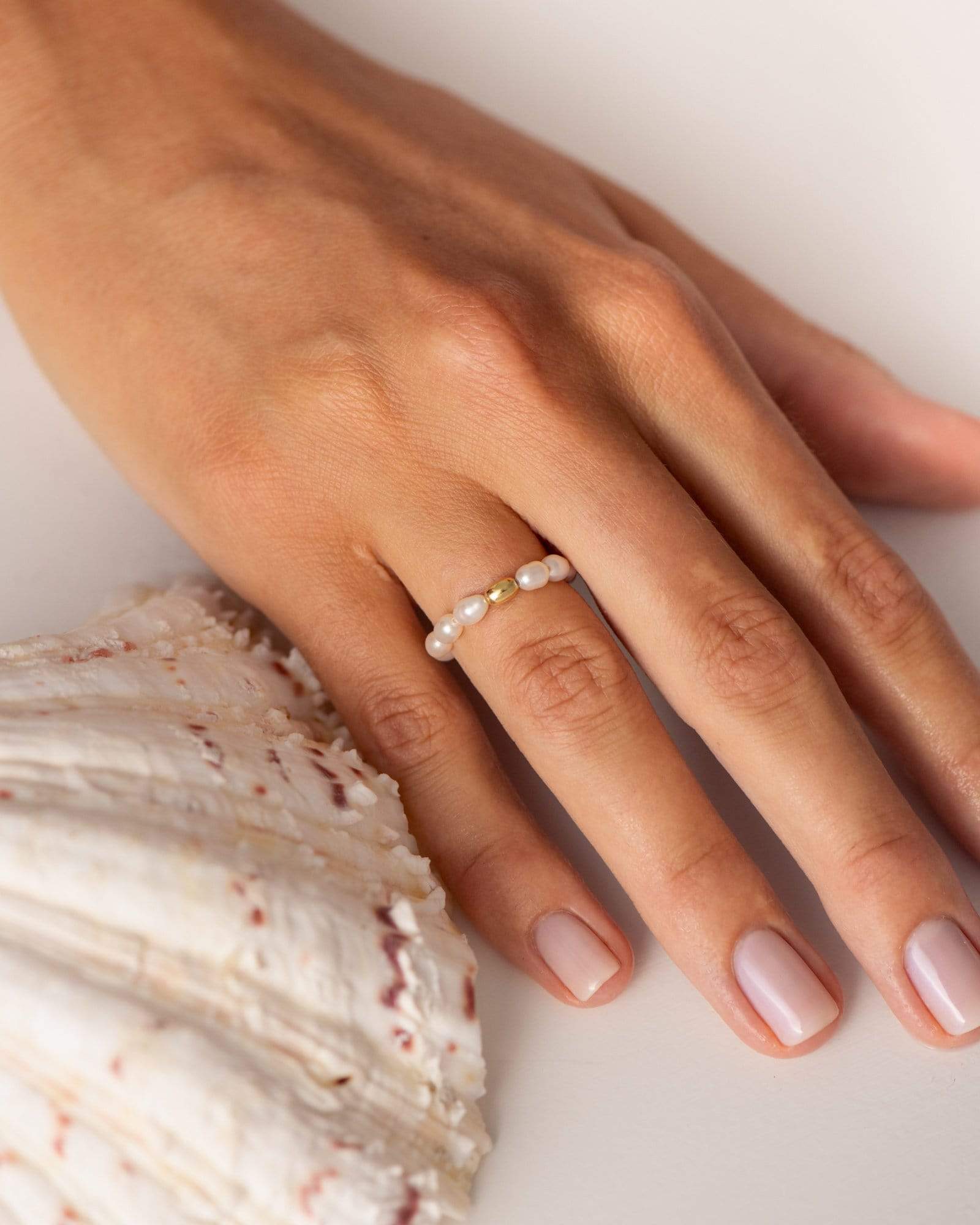What Types Of Gold Are Used To Make Jewellery?
Gold jewellery is simply stunning - but did you know that there are many different types of gold? And this can affect how a piece of jewellery looks, from colour to coatings, to robustness.
Although you don’t need to be an expert on the different types of gold used to make jewellery, having a good understanding will equip you with the knowledge you need to pick your perfect pieces (and give you something interesting to talk about at brunch).
Gold jewellery has a rich history and has been adapted thousands of times over the years. These adaptations have allowed jewellers to create beautiful, often affordable pieces - and modern metalsmiths have a number of tricks up their sleeve to do so.
Below, we’re going to take you through the different types of gold used to make jewellery to give you a better understanding of the jewellery-making process.
Gold from an elemental standpoint
Gold is a chemical element. If we think back to our science lessons and try to remember the periodic table, we know that it has a high atomic number and comes in a solid form when in normal conditions. However, it’s also incredibly malleable, which means it can be easily moulded and changed into another form. This is why it’s such an obvious choice for products such as jewellery and dental crowns (amongst a number of other uses).
Gold, as an element, isn’t affected by many other chemicals, such as acids. This makes it robust and durable, allowing us to enjoy its beauty for many years to come - which is also why so many people choose gold for their wedding rings.
Gold Karats
To determine the purity of gold, the metal is measured in karats (not the crunchy, orange kind, thankfully). Although you might think the highest level of purity is the best, this isn’t the case for jewellery, which needs a lower percentage of gold in order to maintain its durability.
100% pure gold, or 24 karat gold, is still very malleable and soft, which means it needs to be combined with other metals, such as silver, copper, or zinc (more commonly known as metal alloys), to increase its integrity. This mixing of metals doesn’t take away from the preciousness of gold but can affect the colour for example.
Let’s take a look at the different types of karats and what effect they have on gold.
24 karat gold
As mentioned before, 24 karat gold is the purest form of gold - and is often too soft to be used for jewellery. It’s also a bright yellow, almost orange, colour, and incredibly difficult to tarnish (but still not practical for jewellery at this stage).
The minute an alloy (another precious metal or non-precious metal) is added to 24K pure gold, this reduces the karat content. However, this isn’t a bad thing. As we mentioned, 24K is often not a great choice for jewellery, particularly something like a wedding ring, which you would wear on a daily basis. Adding metal alloys can increase the robustness of the jewellery, meaning it will last way longer.
Although 24K gold won’t tarnish, it will be extremely soft and lose its shape and structure, which is exactly what you don’t want happening to your jewellery (especially a ring that’s supposed to last forever!).
18 karat gold
Often, most gold jewellery is made using 18 karat gold, which is usually around 75% pure gold. This allows for the jewellery to keep that traditional yellow colour while increasing its durability.
Depending on which type of alloy you mix pure gold with will determine what colour you achieve. For example, bright yellow jewellery will be mixed with silver and zinc to maintain its strength. We’ll go on to the different gold colours later on in this guide.
18K gold has a huge number of benefits over its purer counterpart, 24K. It’s still a high level of pure gold, but offers protection from changes in shape, damage, and often provides a more subdued colour than the bright yellow of 24K. It’s sometimes referred to as ‘750’, which derives from the fact that 18K is often 75% pure gold. Always good to know, as references can differ from store to store.



14 karat gold
At 14 karats, that’s just over 50% pure gold (make sure you check with your supplier on the actual goal content). This doesn’t mean it’s less stunning; it just ensures your jewellery is sturdy and strong, lasting you a lifetime.
14K gold actually comes with a multitude of benefits and is a great choice of karats if you’re looking for everyday pieces. Even for engagement rings, 14K works well, as you can often choose more expensive diamonds or precious stones to sit in a 14K setting (and no one would know the difference). From a colour perspective, 14K gold can be created in different colours. This is because of the higher percentage of alloy metals included - and the different types of metals too. White, yellow, rose - the possibilities are endless, which is great if you’re looking for truly unique pieces.
10 karat gold
10K gold is the lowest standard of gold jewellery, meaning it has the least amount of pure gold, and a higher percentage of other metal alloys, such as nickel. For this reason, it’s not often chosen as wedding jewellery or pieces you hope to last a while. But if you’re an active person and don’t want something too expensive that can be damaged easily, a 10K piece might be a great option.
From an appearance perspective, 10K gold tends to be duller and can also affect people with alloy sensitivities (important to bear in mind if you’re buying a gift). It’s a much paler colour gold than the previous karats we’ve discussed, which although still beautiful, is definitely something to consider if you want a piece of jewellery that makes a real impact. However, if you’re hoping to treat someone to something special without spending too much, 10K gold can be a perfect choice. It offers that element of luxury but doesn’t make people feel overwhelmed that you’ve spent too much.
From a durability point of view, because of the mix of alloys, 10K is still incredibly strong and robust - and there’s still usually around 40% of pure gold included, which is not to be sniffed at. You might find that pieces such as earrings and bracelets are more likely to be 10K, as they won’t be knocked or worn as much as rings, helping them last longer. Similarly to the higher levels of pure gold, you can still achieve the same colours, but just slightly paler and more subdued. Bear in mind, however, that the coatings used on the different colours might wear off over time - something you don’t have to worry about with higher karat levels.
Gold colours
We’ve mentioned colour a lot throughout this guide, but it definitely deserves its own section. We all have different preferences when it comes to jewellery and that shouldn’t mean you have to sacrifice on durability and style. Although yellow is still the most popular colour when it comes to gold jewellery, the variants for this colour alone are vast.
Equipping yourself with the knowledge of which colours to choose, and discovering which metal alloys are used, will allow you to pick the right jewellery for you. Remember, different gold tones complement different skin colours, so it’s always worth trying a few styles and shades that you might not have done before.
Yellow gold
Bright, beautiful, and bold, yellow is the colour we all associate with gold. And often, the brighter the yellow, the higher the percentage of gold. When combined with other metal alloys, such as nickel, copper, and silver, yellow gold can still retain its natural hue and even be enhanced further by adding these additional elements.
White gold
Fast becoming the most popular choice for wedding jewellery, white gold is having its moment in the spotlight - and for a good reason. Mixed with palladium or nickel, the gold turns silver in colour, whilst still maintaining the strength and durability of gold. Even after adding these additional alloys, often white gold is then plated with rhodium, which creates the sparkling white shine.
Rose gold
In more recent years, rose gold has rocketed in popularity, especially with those of us looking for something a little different. You may have guessed already, but to achieve the rose tint, copper is added into the mix. The heavier the amount of copper, the stronger the tint. Rose gold jewellery can be created in the palest pinks or even the heaviest reds - all depending on your personal preference.
Black gold
Something you might not have come across in your jewellery journey is black gold (which is exactly what you might be imagining). Black gold is produced by adding black rhodium to the surface or changing the colour of the surface entirely, with chemicals. This can create a truly unique look, whilst still retaining that durability that gold brings to the table. Definitely not for the faint-hearted!
Green gold
For a subtle hint of colour, green gold can create a unique piece of jewellery for your collection. By mixing gold with silver, a green hue can develop - and although only slight, it creates a more interesting feel than white or yellow gold (without sacrificing on robustness). Sometimes, natural green gold can occur, but this is quite rare. In fact, green gold in general is quite rare, which might tempt you even more…
Purple gold
Another less common colour on our list is purple gold - but before you get too excited, this might not be the smartest choice for jewellery lovers looking for longevity. Purple gold is made up of gold and aluminium, an ‘intermetallic alloy’. Although aluminium has its uses, it’s not the most robust of materials, which can leave purple gold looking tired and easily damaged. Although beautiful, it’s not the most practical.
Blue gold
Finally on our list of gold colours is blue. Like purple and green, it’s pretty rare to find any blue gold products on the market - and again, this is another intermetallic. Blue gold is created from mixing gold with gallium or indium, or for a stronger, more intense colour, ruthenium and rhodium (which are heated beforehand). Although beautiful, it’s rare that you’ll see blue gold in your local jewellery store or online (but it’s always good to have enough knowledge of all the different types!).



Sub-heading
Your HTML
Gold coatings
Of course, not all jewellery is made from solid gold. Many people love the look and feel of the precious metal, but it can be expensive and not always accessible. Gold coatings or platings can offer that element of luxury, without breaking the bank. The different types of coatings also provide a layer of protection that not all costume jewellery can deliver, making it an ideal choice if you’re looking for something a little more long-lasting.
Vermeil
Vermeil (or vur-may if you’re looking to pronounce it correctly) jewellery is, in essence, gold-coated sterling silver. This means that the pieces are made from two different types of precious metals, and although sterling silver is often much more affordable than gold, you get the best of both worlds with this manufacturing process.
Gold is attached to the sterling silver through electroplating, where the products or jewellery are suspended in a liquid gold solution, and an electric current is passed through. All that cool science stuff allows the gold to bond with the sterling silver and voilà! A beautiful piece of jewellery is created. If we weren’t in the business of jewellery, this would blow our minds (hey, who are we kidding? It still does).
As we ARE in the business of jewellery, at BRUNA, we use recycled 18K gold and 925 sterling silver for our gold vermeil pieces. As opposed to other types of gold coatings, we choose to use vermeil as it is particularly durable against the environment, as well as everyday wear and tear.
Gold-filled
Gold-filled jewellery is a slightly confusing title. If we use a ring as an example, the core of this piece would be a mixture of zinc and copper or sterling silver. A layer of gold then covers the ring on just one side, or pieces can be double-clad on both sides. The jewellery is then heated and the gold bonds to the core piece.
So in reality, the jewellery is gold clad, rather than gold-filled. Manufacturers should still outline how many karats the gold consists of, similar to above, but it must state ‘gold-filled- alongside. The more you know!
Rolled gold
Although jewellery will go through a similar process to gold-filled pieces, rolled gold tends to be a much lower gold content, making pieces less expensive and less durable.
Gold Plated
Out of all of these gold coating techniques, gold-plated jewellery has the least amount of pure gold. However, this doesn’t take away from the beauty of the pieces - and means they’re a lot more affordable!
Gold-plated jewellery is achieved through electroplating again, where a very thin layer of gold is placed over another alloy, such as copper or brass. You definitely wouldn’t have your wedding ring made of this - and it’s not ideal for everyday pieces, as it can wear easily, reducing the initial shine and impact of the gold.
Which type of gold is ideal for daily use?
Although being equipped with all this useful information will make you a hoot at dinner parties, one of the most important questions is which type of gold is ideal for daily use? Sustainability is so important, even when it comes to your jewellery. At BRUNA, we’re focused on creating jewellery with a positive impact on the ecosystem - jewellery that lasts and is responsibly made.
Investing in 14K gold jewellery provides you with those pieces that stay looking precious forever, whilst still allowing you to showcase your personality. Offering a little more robustness than higher levels of gold, 14K pieces are great for active lifestyles, especially if you’re constantly using your hands. Think jumping into the ocean on holiday, taking your daily shower, finishing a tough workout - you don’t need to worry about tarnishing 14K jewellery with these activities, making it ideal for everyday - and beyond.
18K and above still provides that sturdiness you desire from gold jewellery, but can sometimes feel too precious to wear on a daily basis. Although we don’t believe in saving things for special occasions, anything over 18K has fewer alloy metals in it, and the higher the karats, the more expensive pieces become.
With all our vermeil pieces at BRUNA, we offer 18K as standard, ensuring you get the very best in quality, affordability, and durability. Your jewellery should match your lifestyle, not the other way around.
Lasting thoughts
Phew! That’s a lot of information to digest. But all these juicy details give you the knowledge you need to make informed decisions next time you’re shopping for your perfect jewels; whether you’re after one-off pieces or something for everyday wear.
At BRUNA, we’re constantly adding to our bespoke collection of gold vermeil pieces, 14K solid gold, and more - with unique and beautiful designs, bringing the raw beauty of nature to the forefront. We embrace sustainability by creating pieces with recycled gold vermeil, sterling silver, and 14K solid gold, so not only can you look and feel good in gold - but you’re making an impact with your choices too.
Bestsellers

Notify me

Choose a letter:
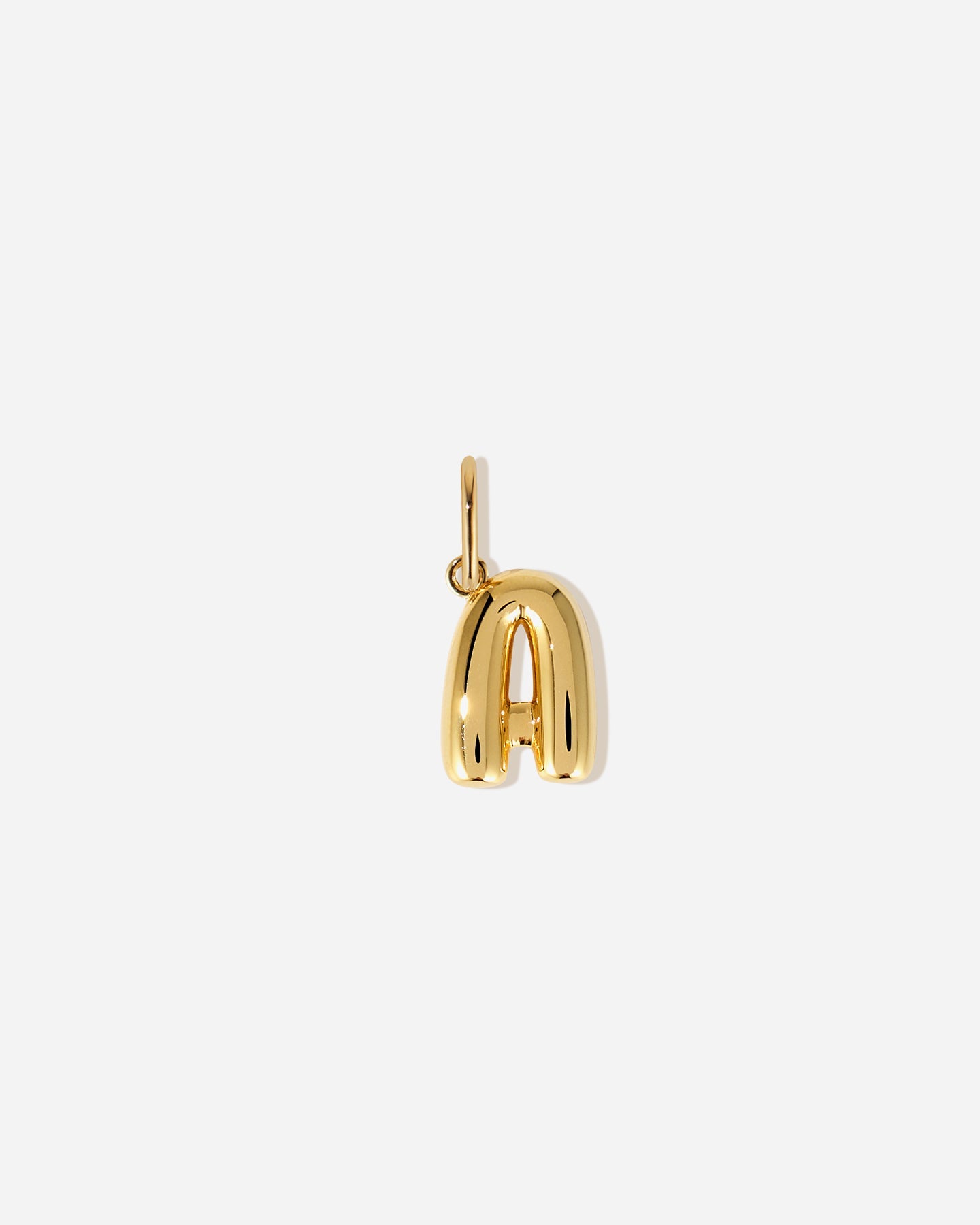

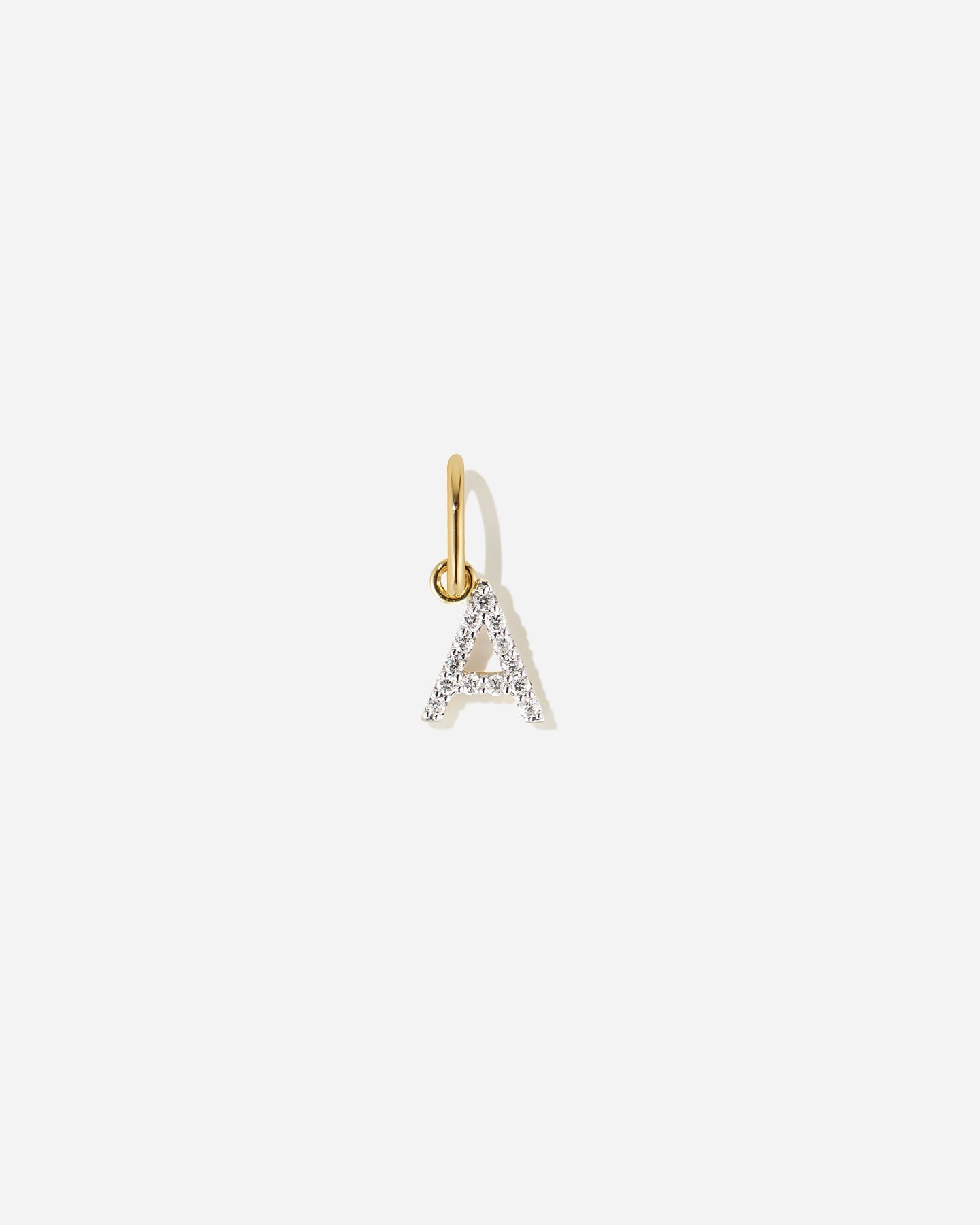
Choose a letter:
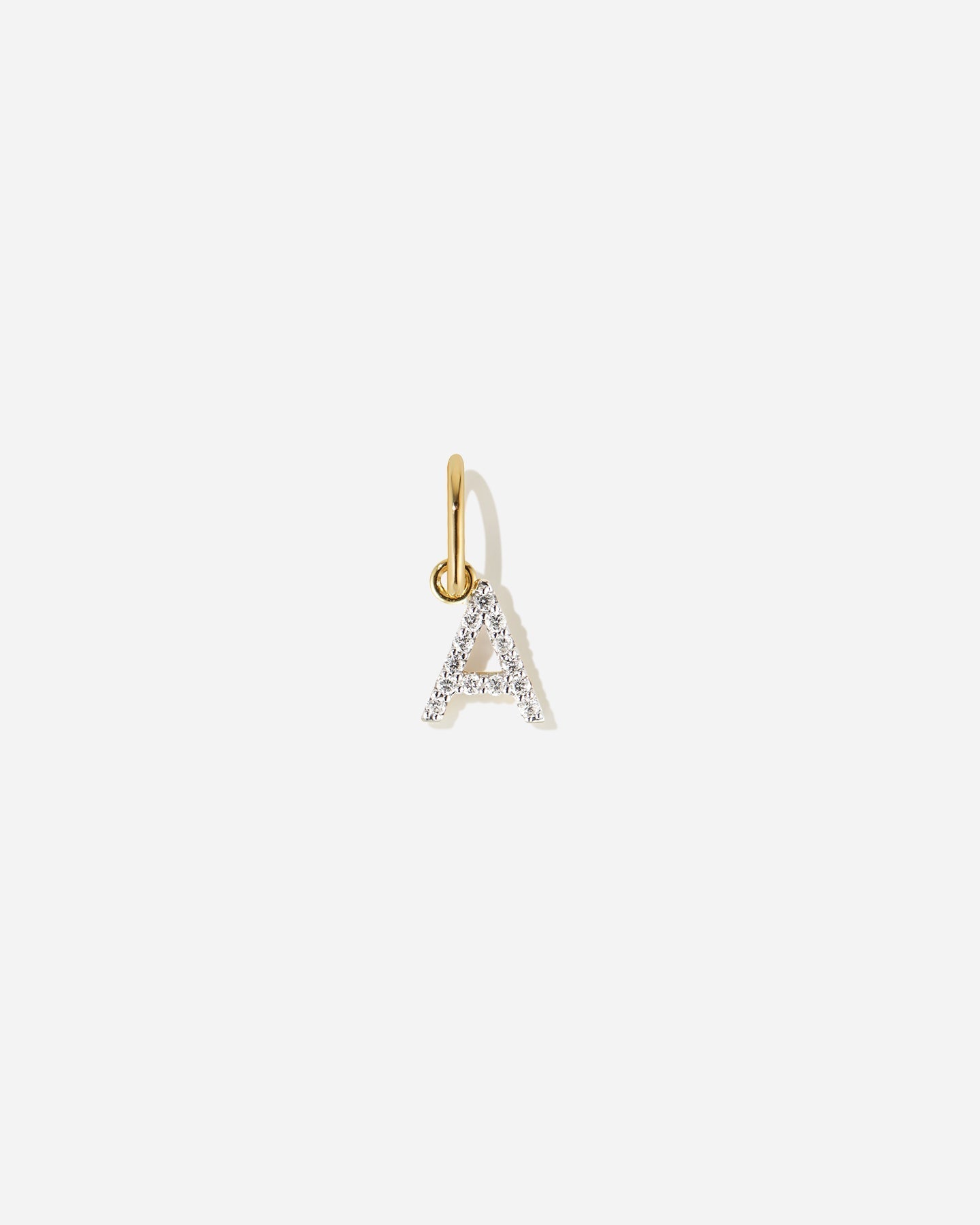


Notify me

Notify me

Notify me

Notify me








